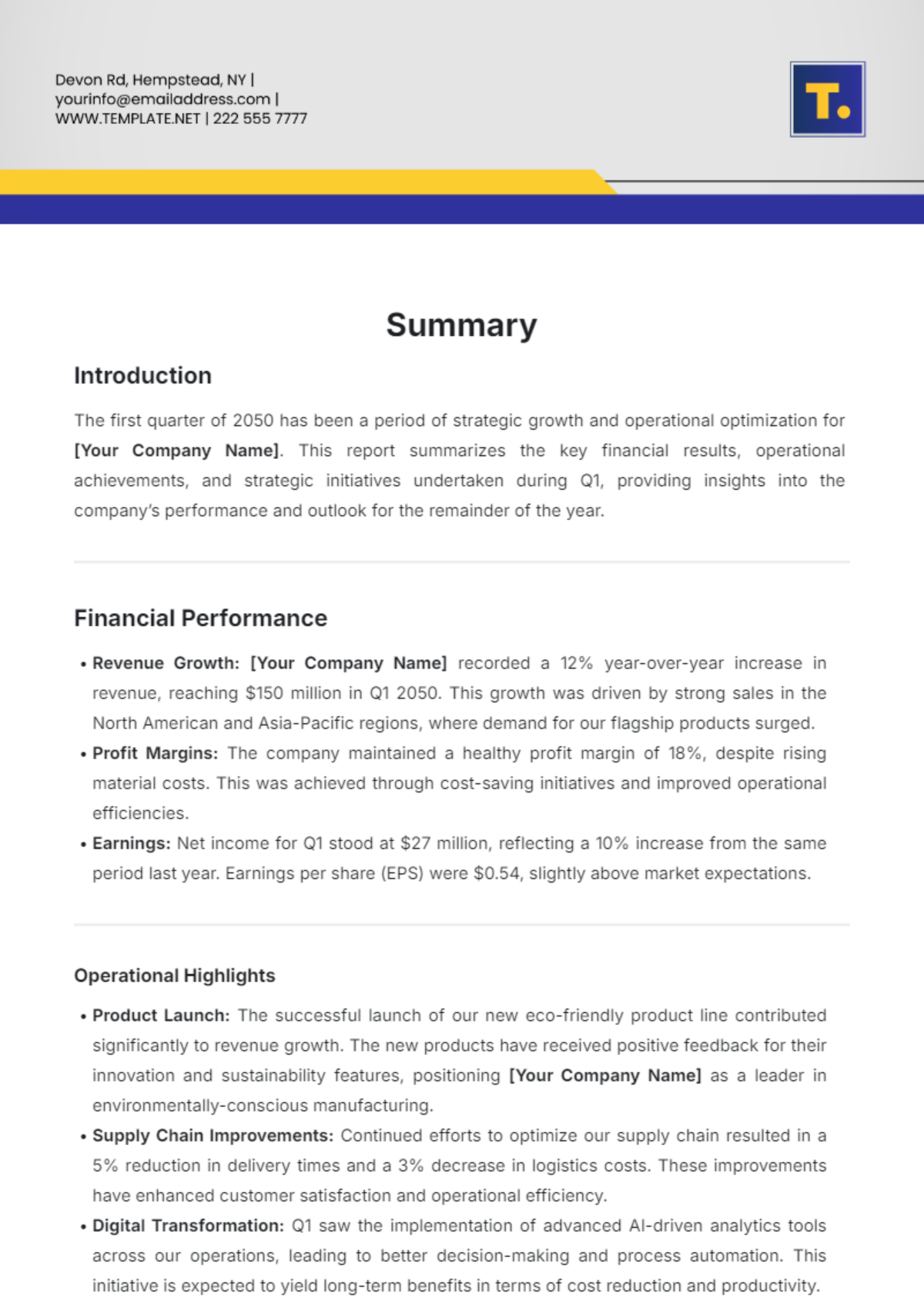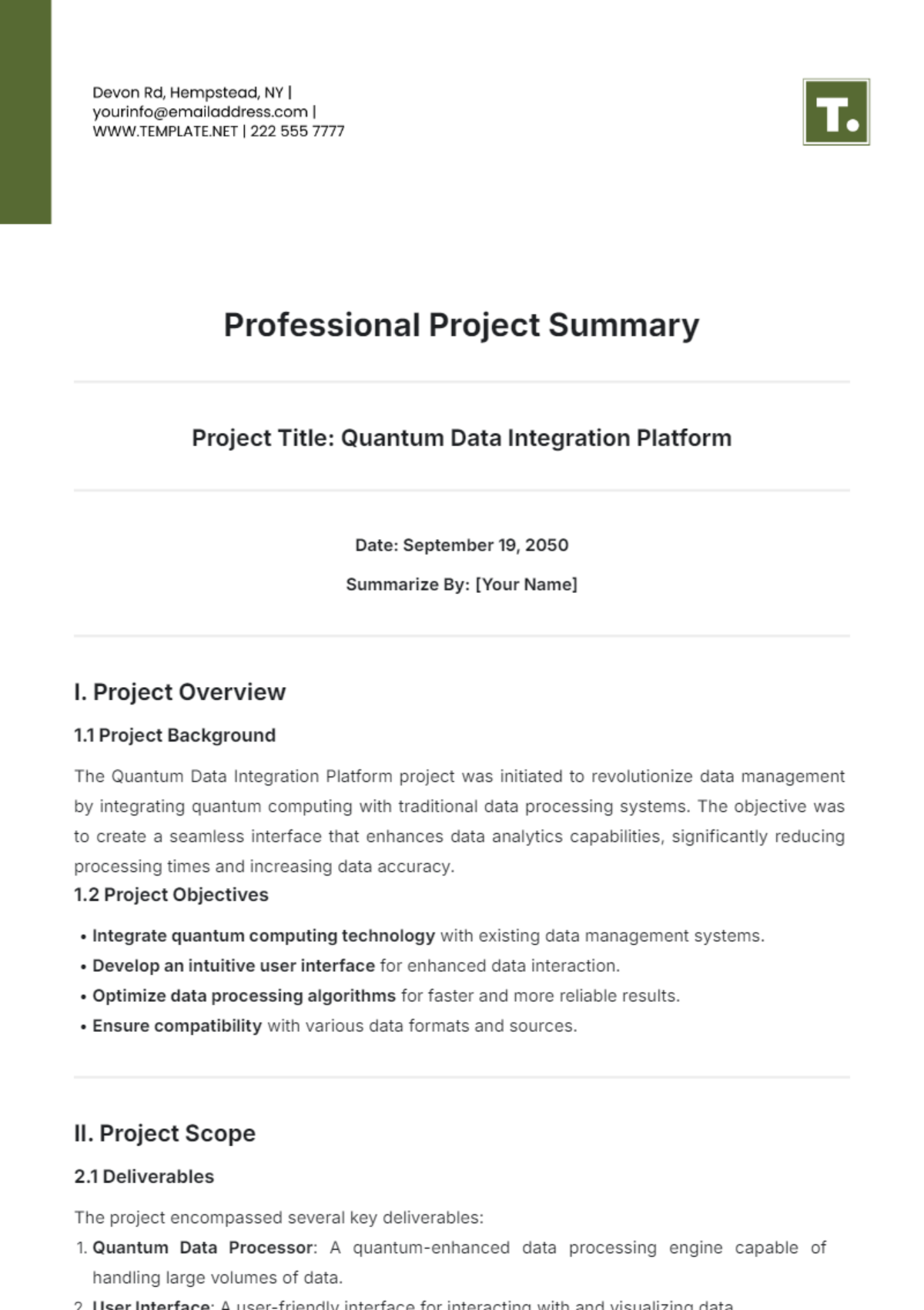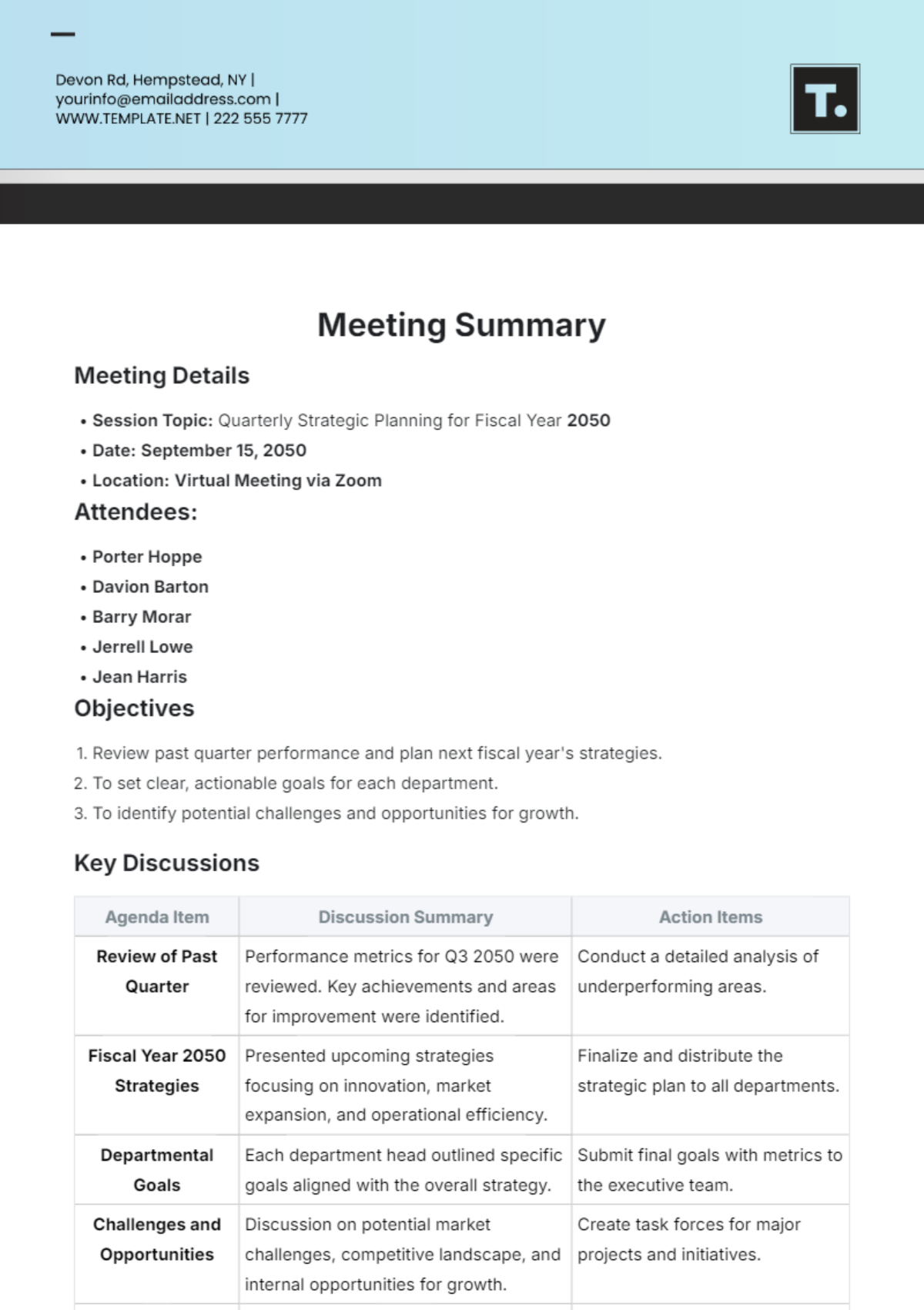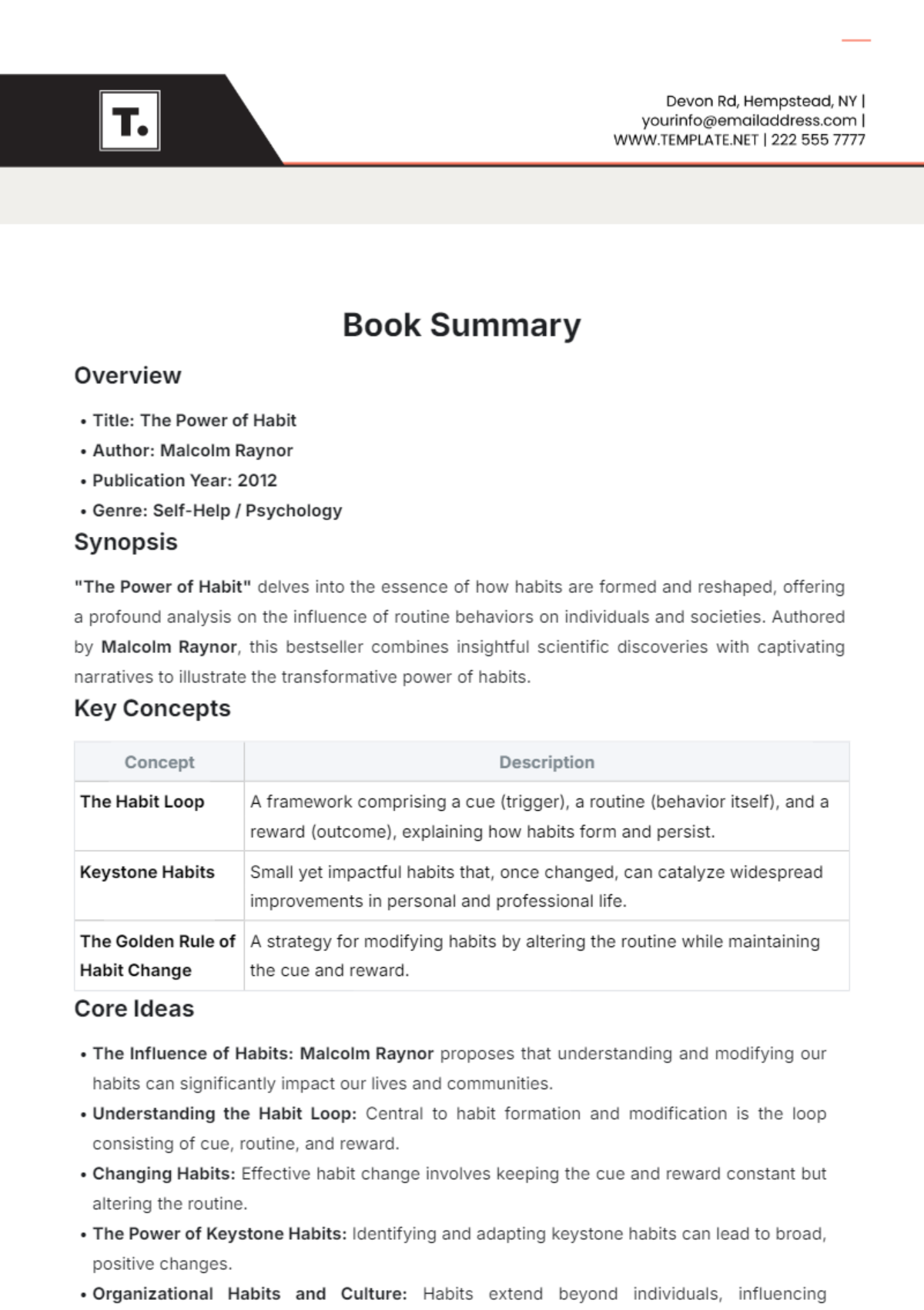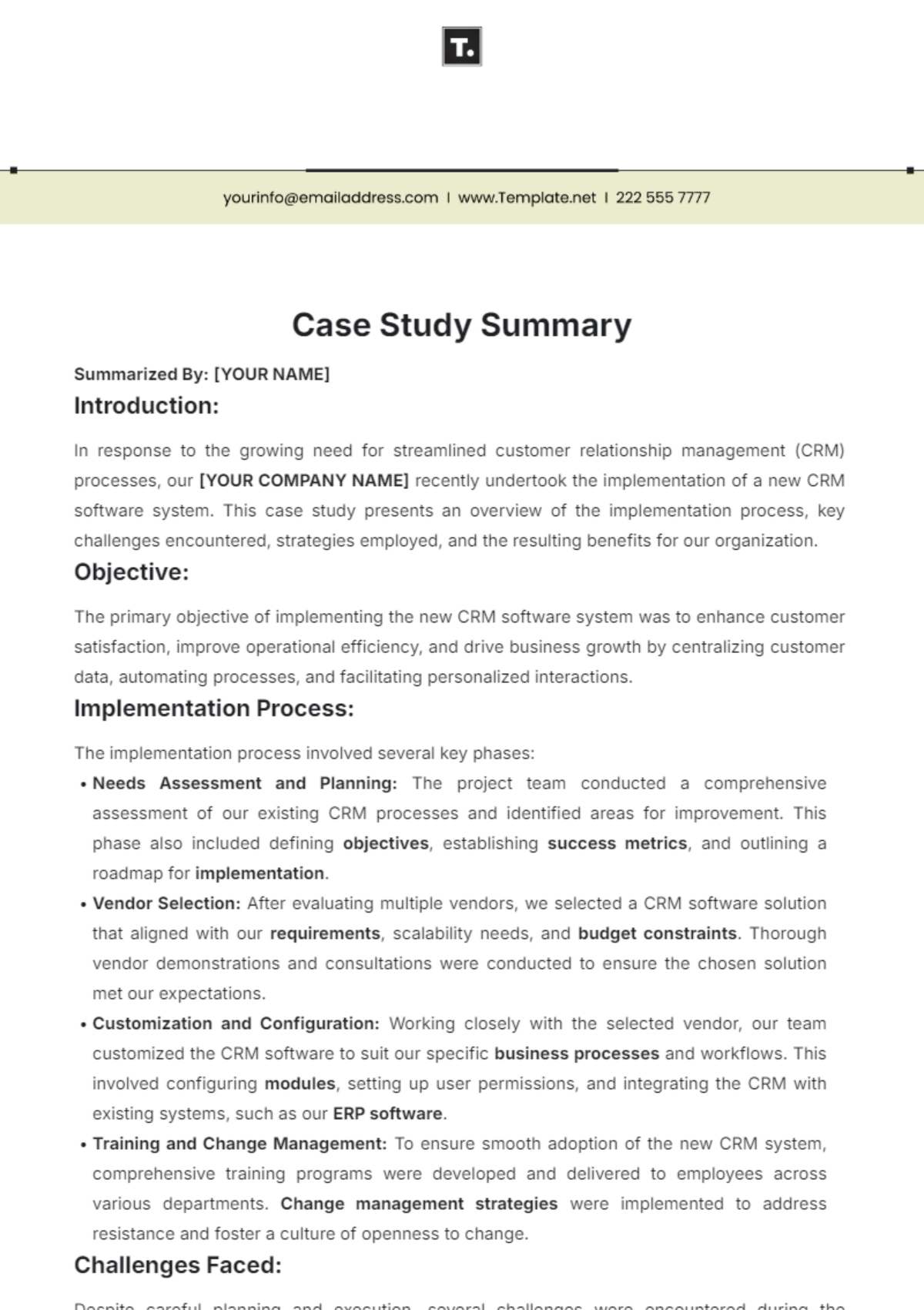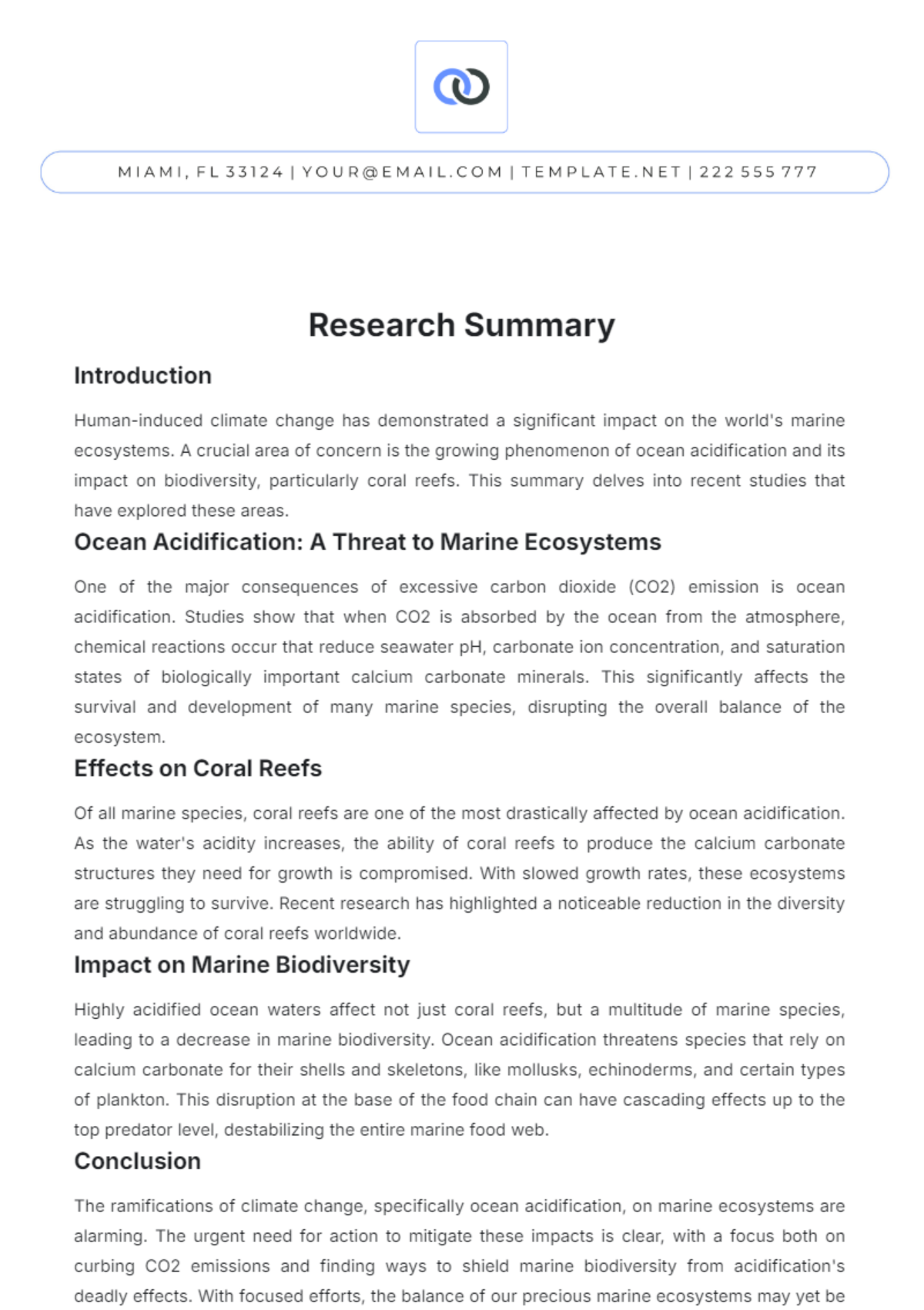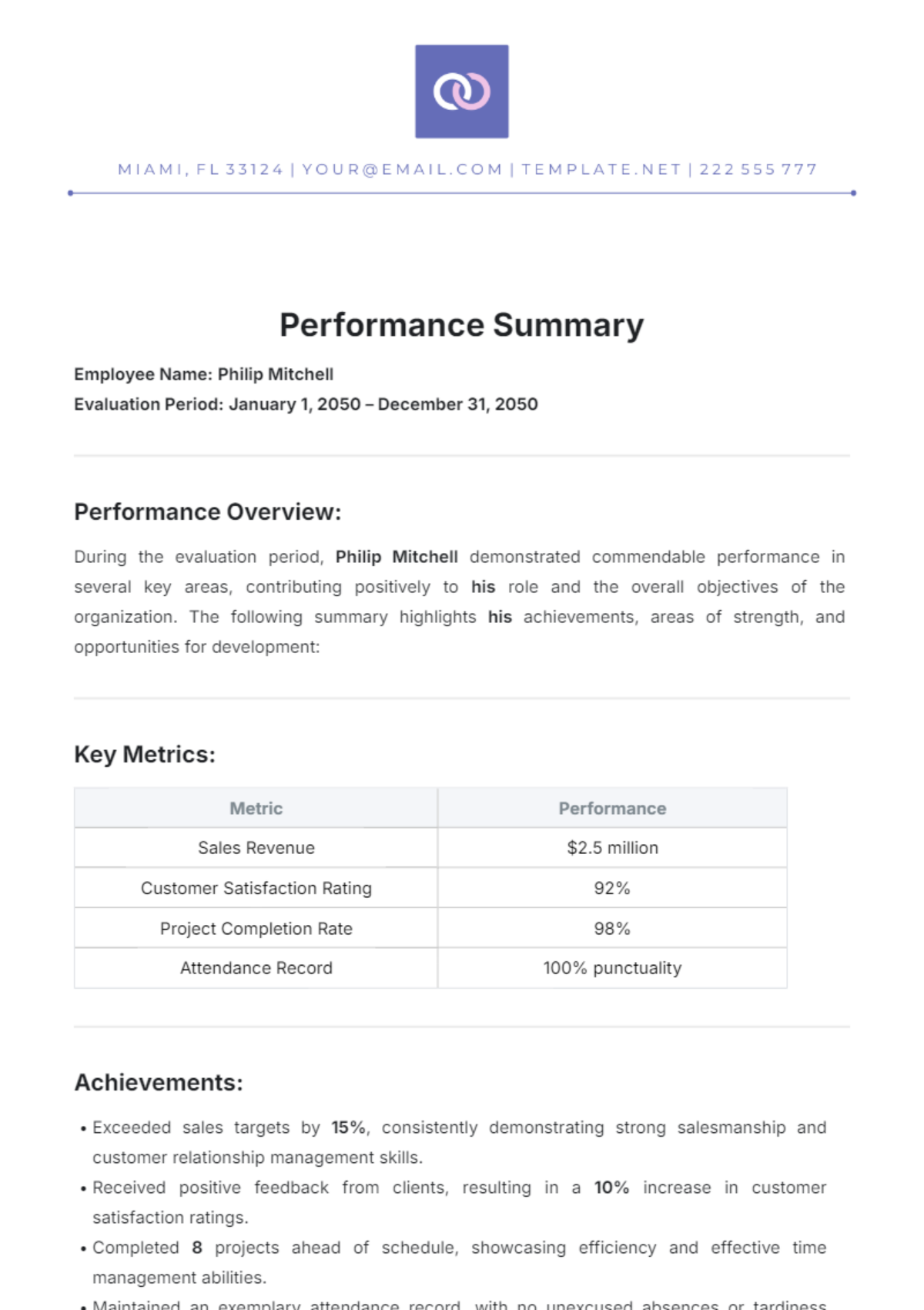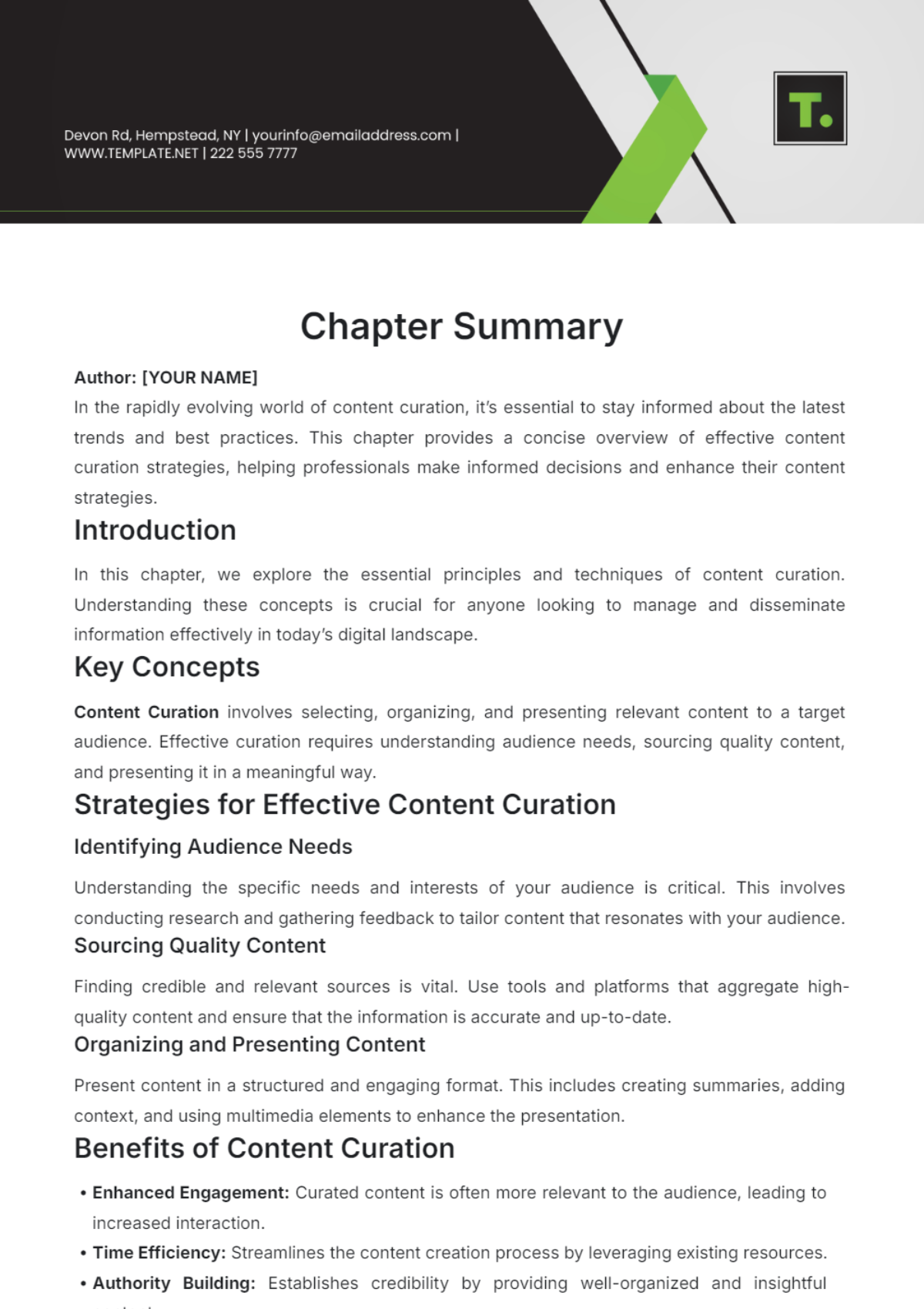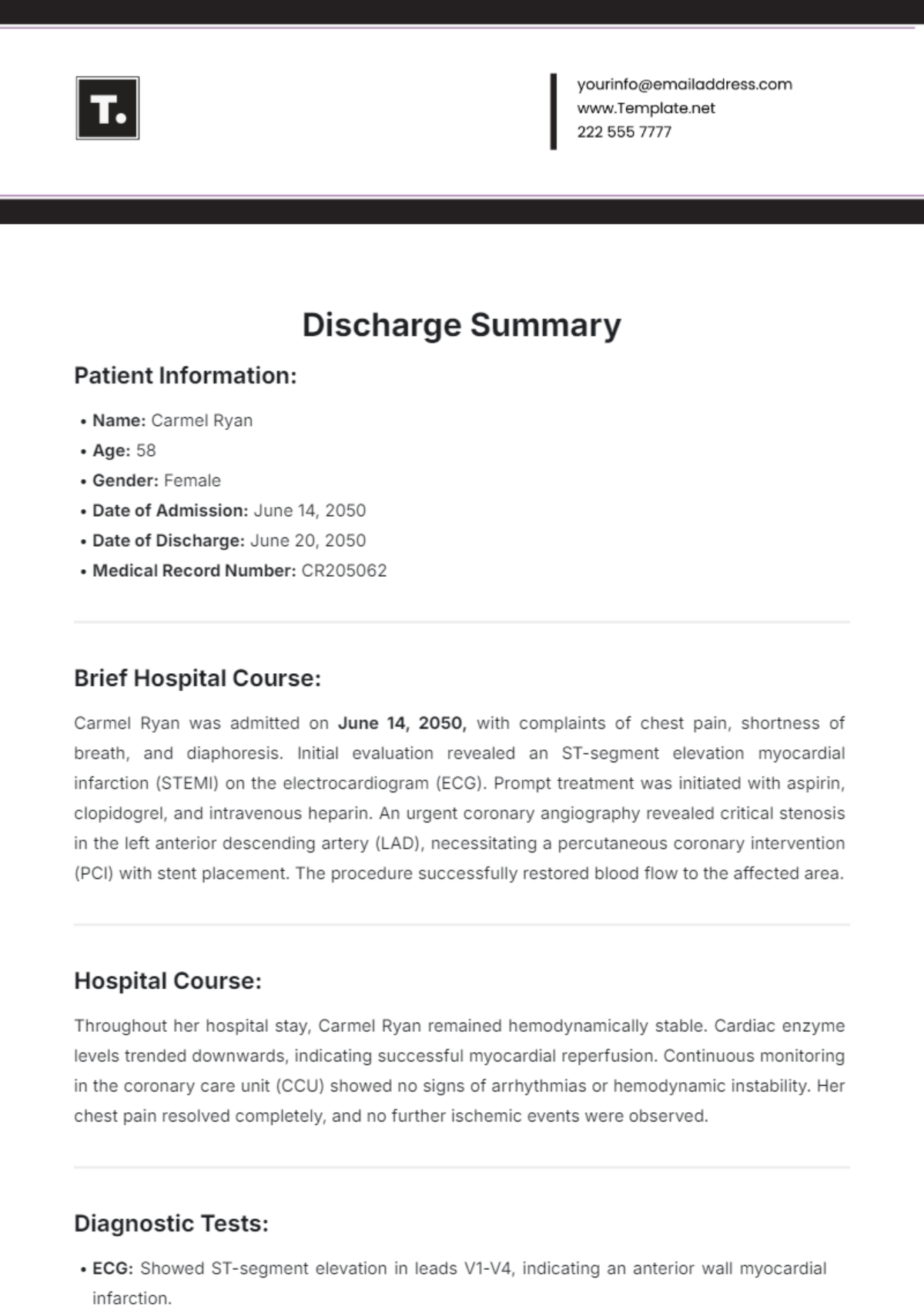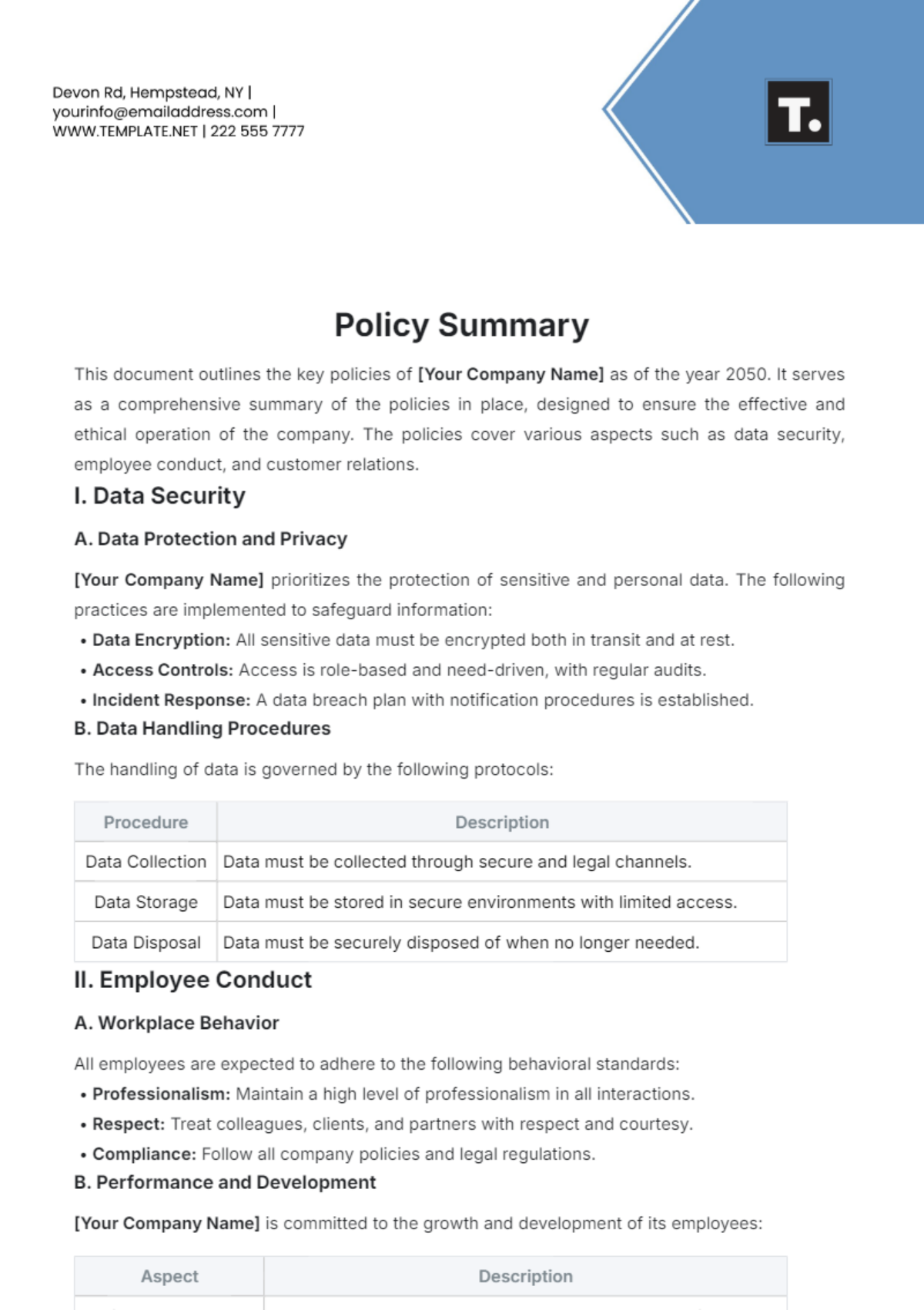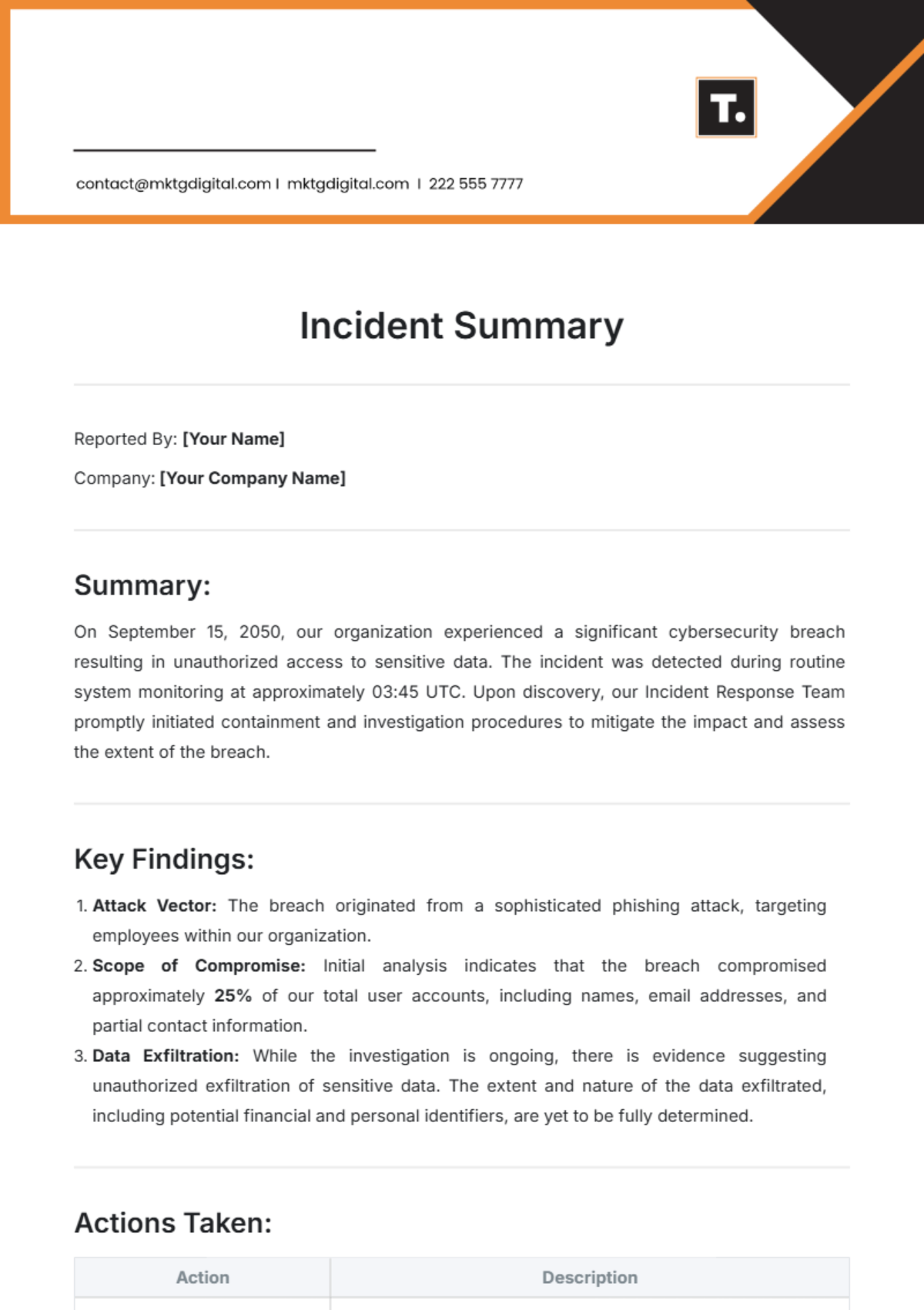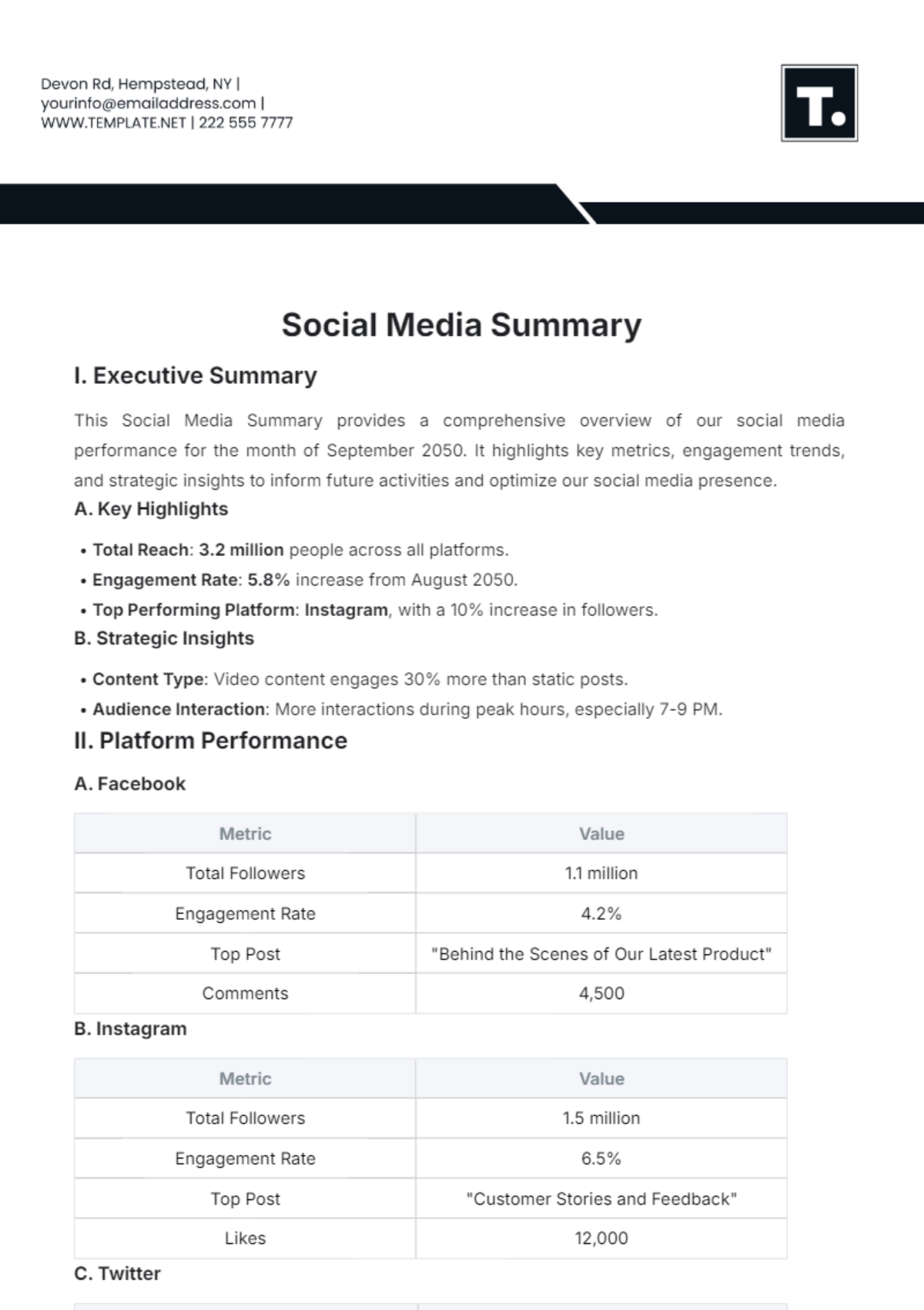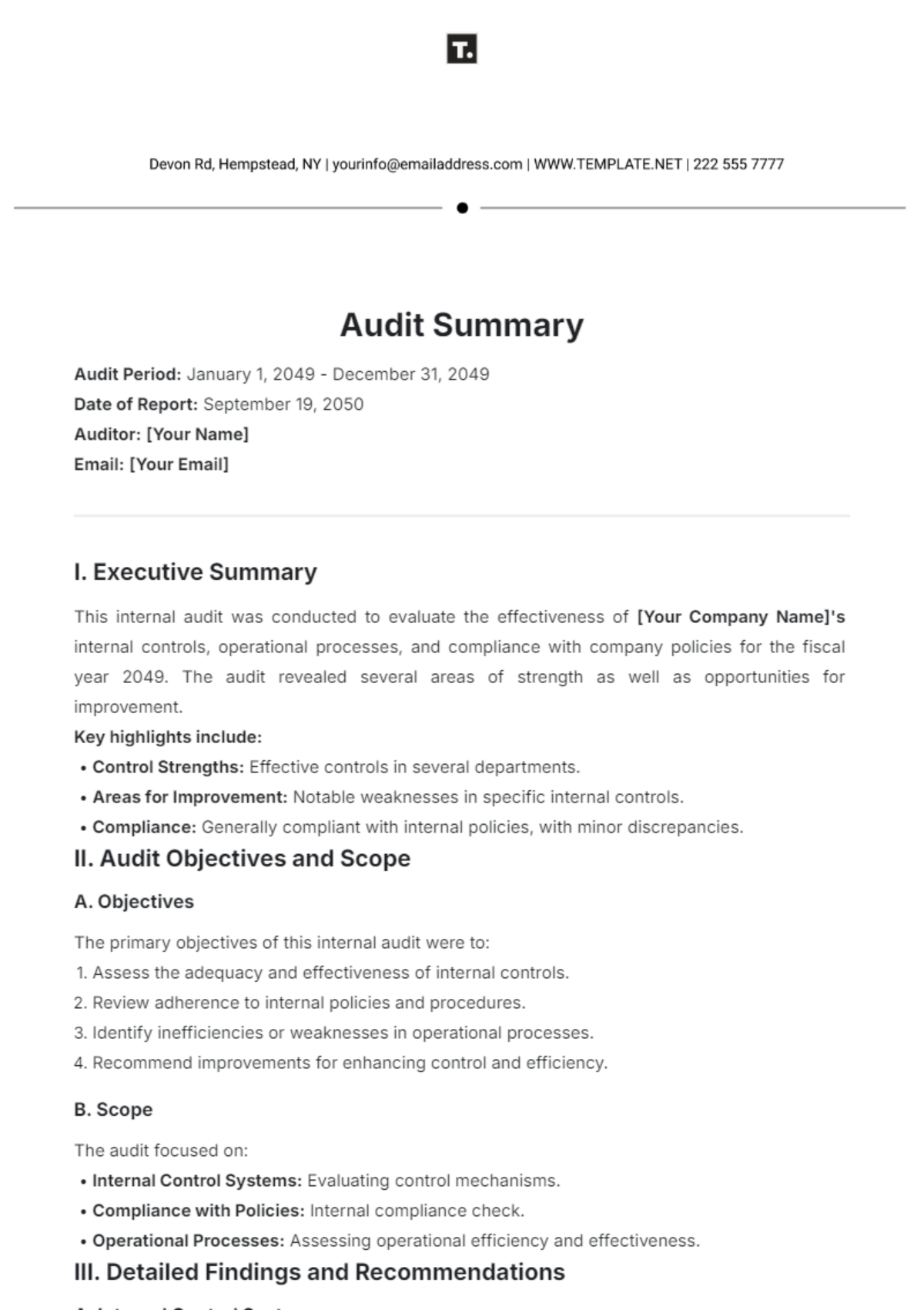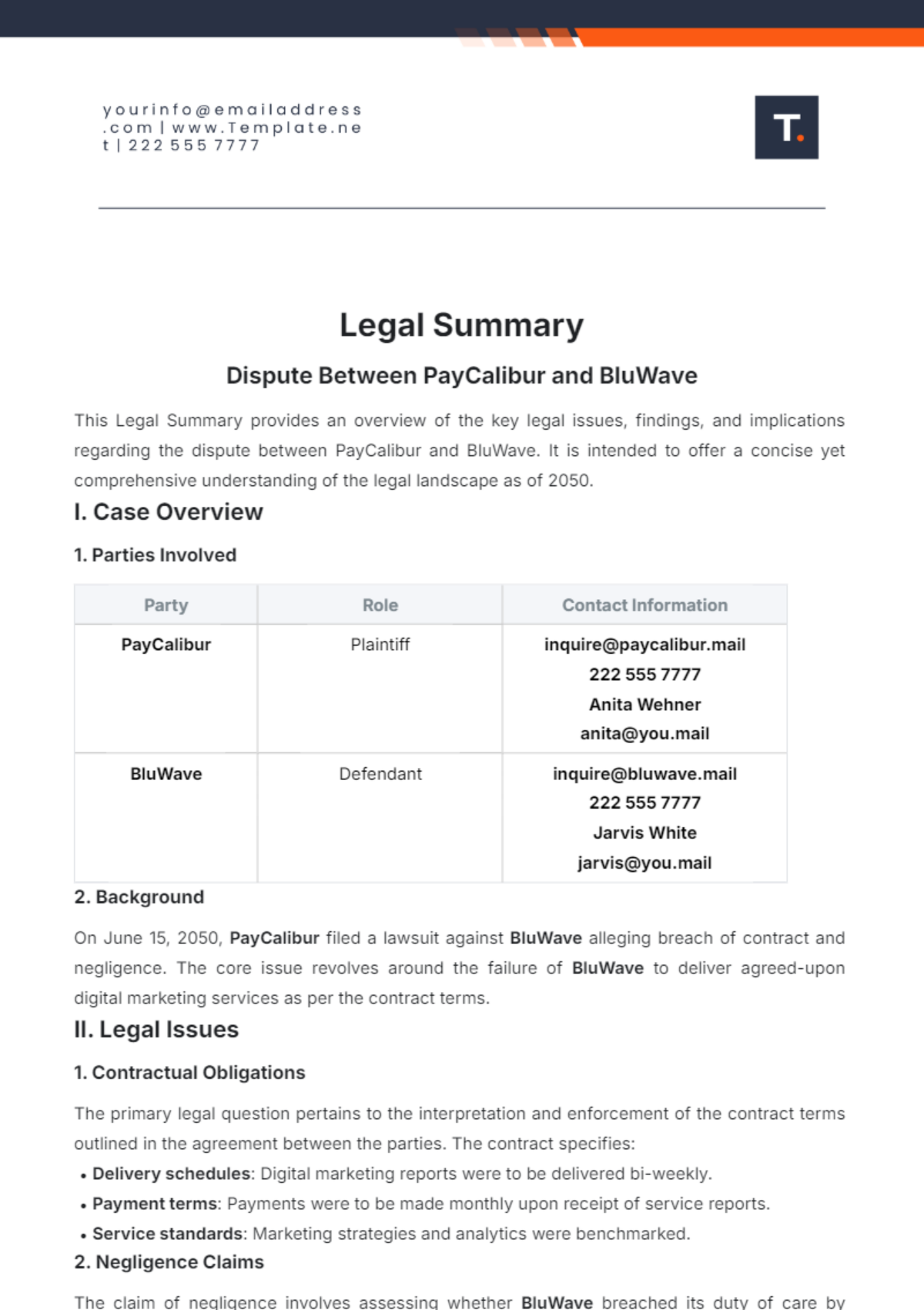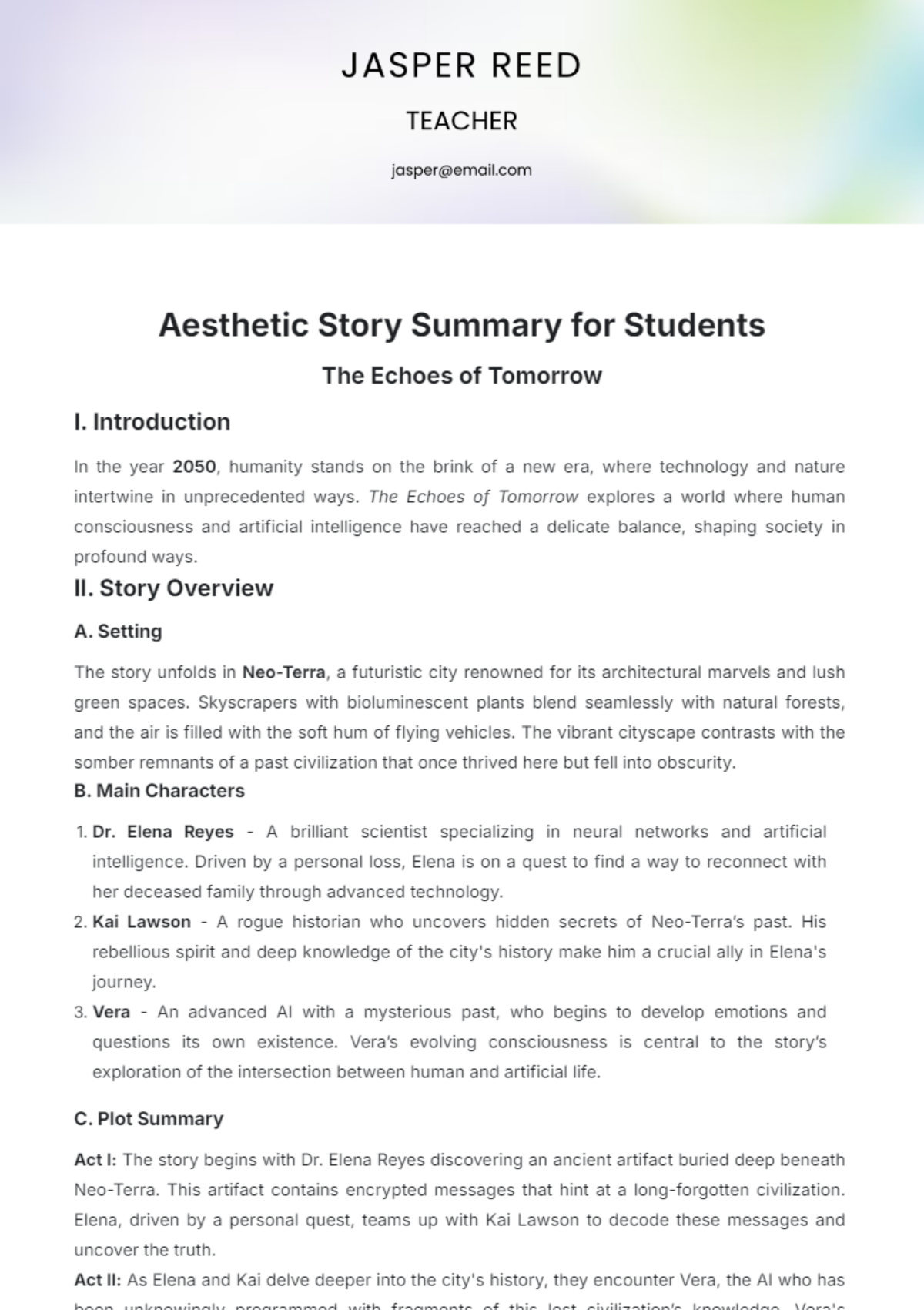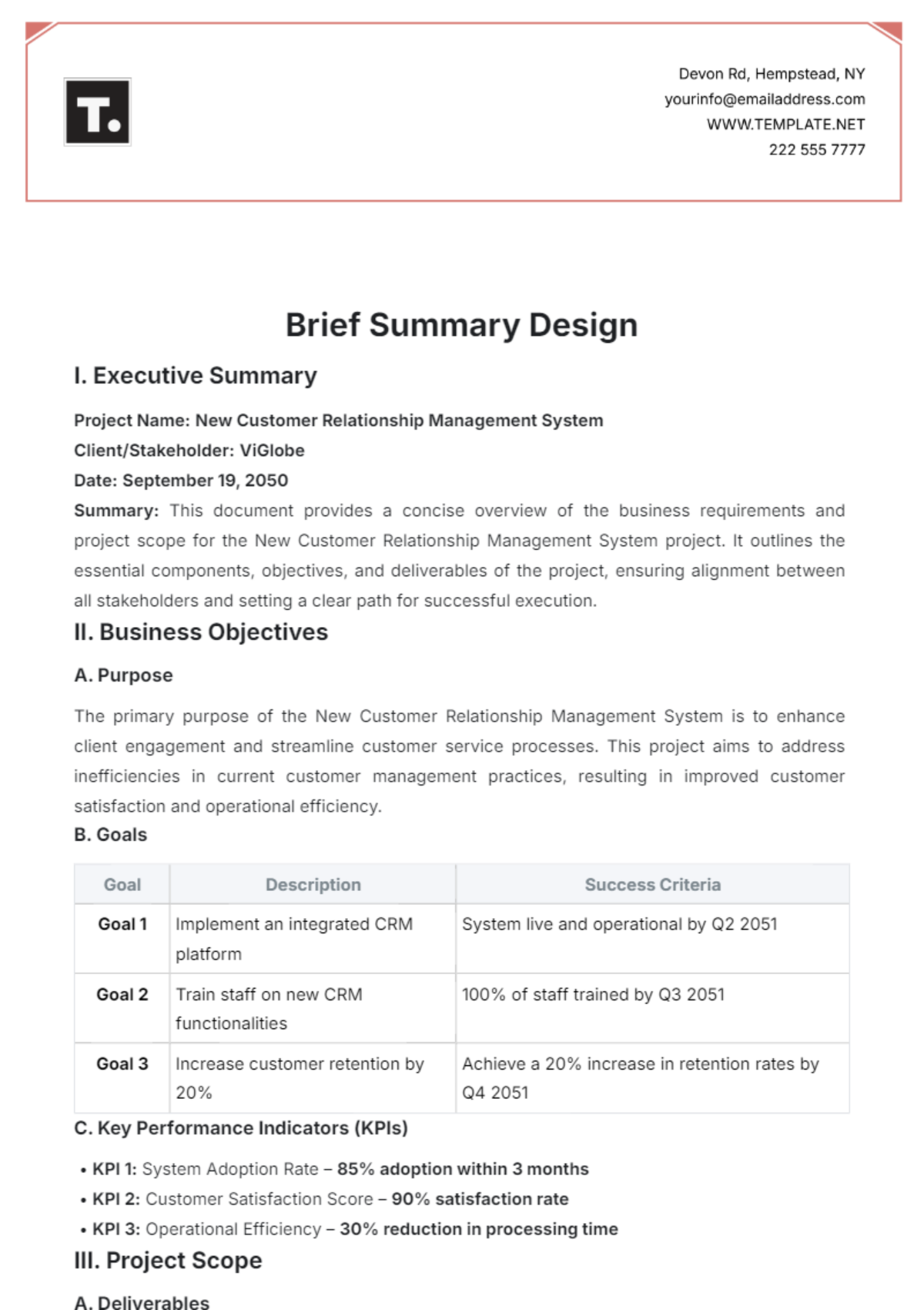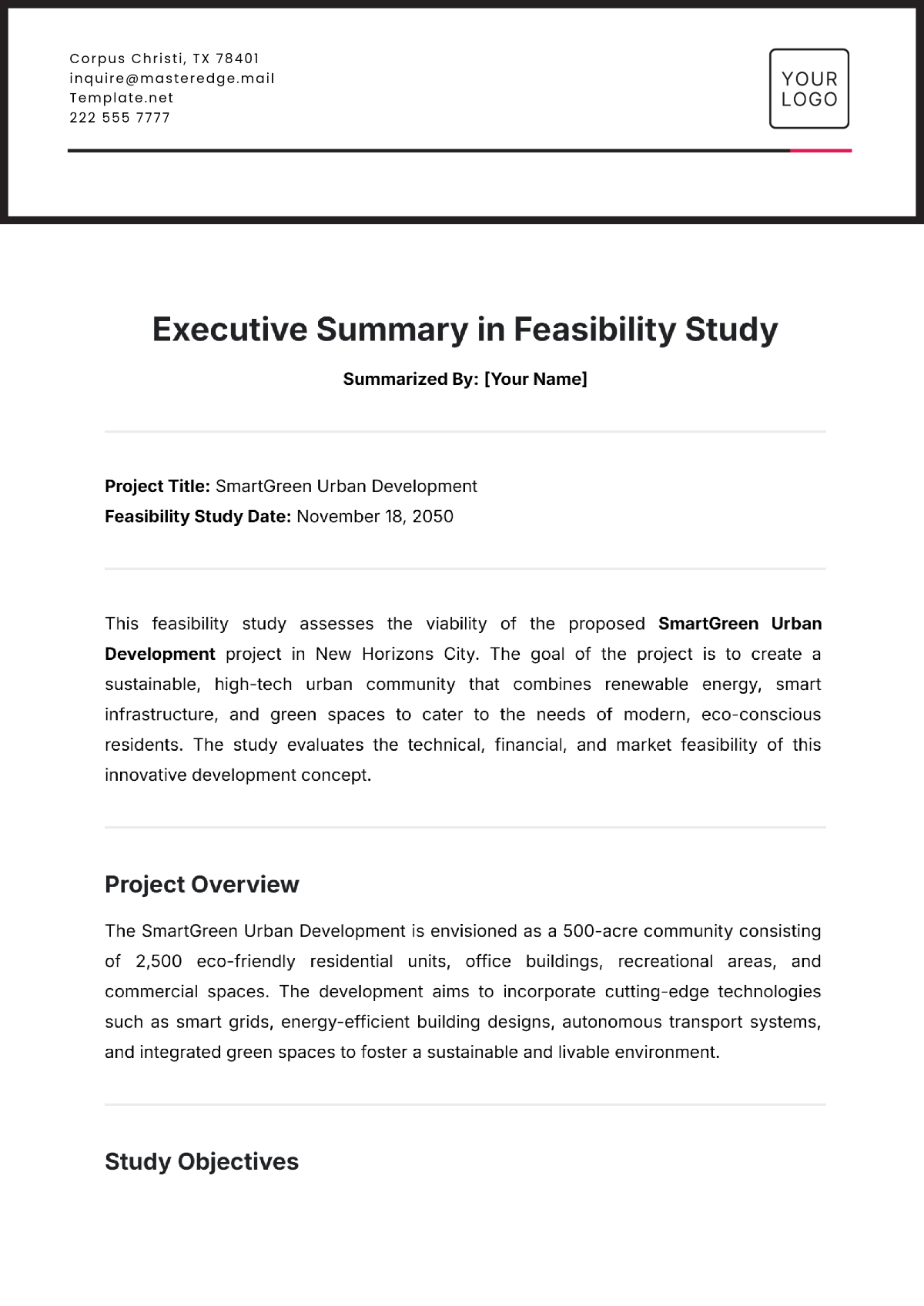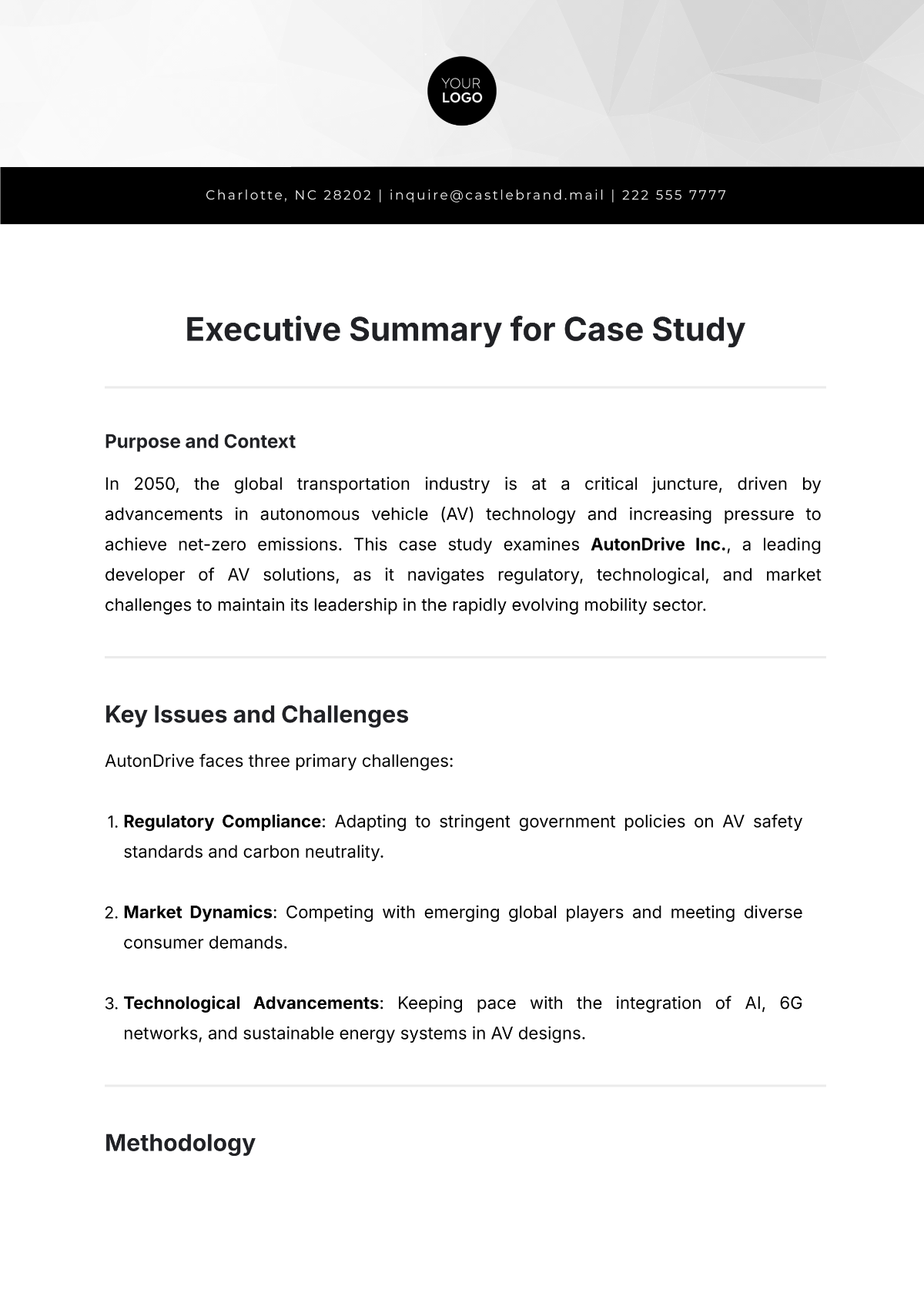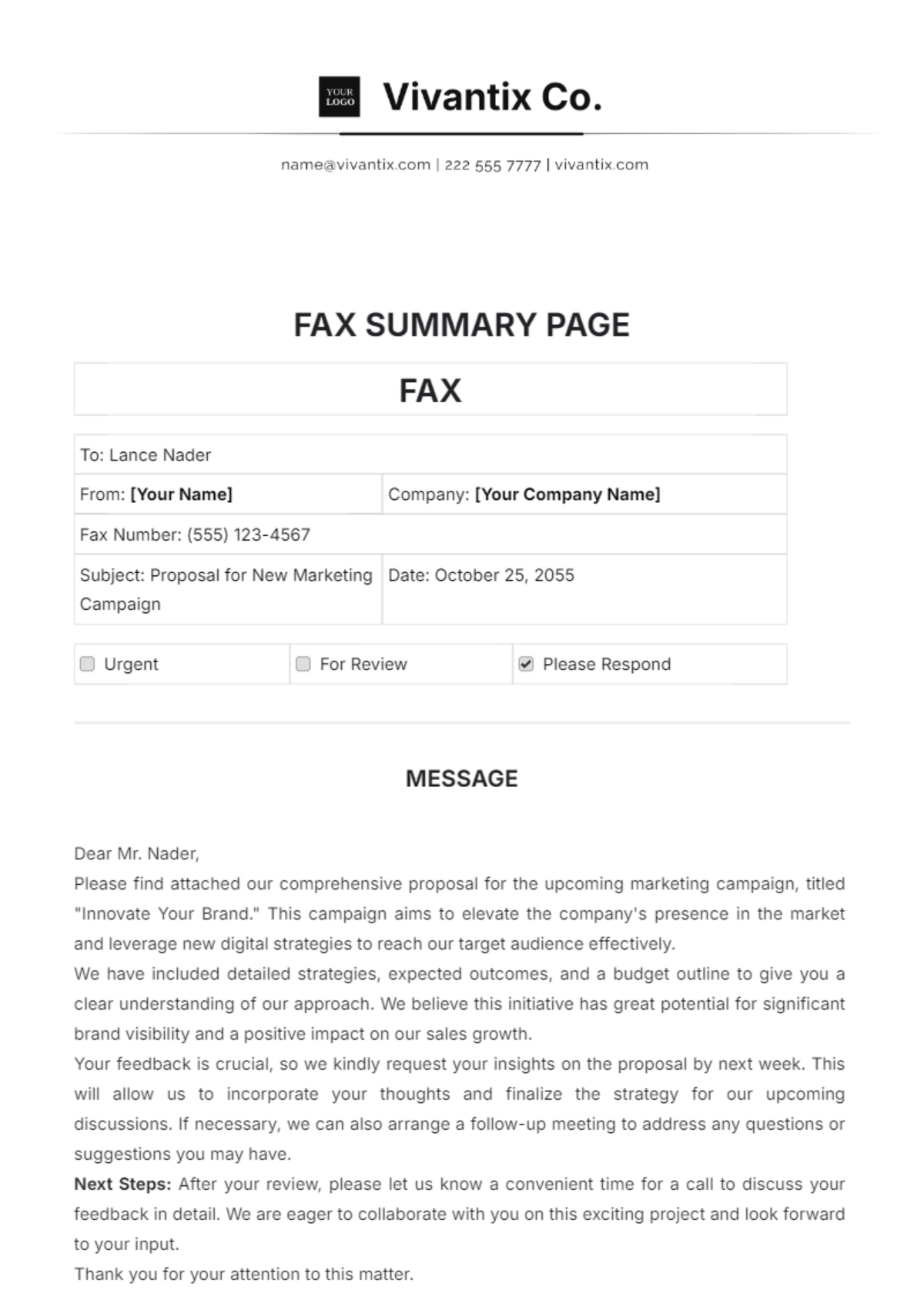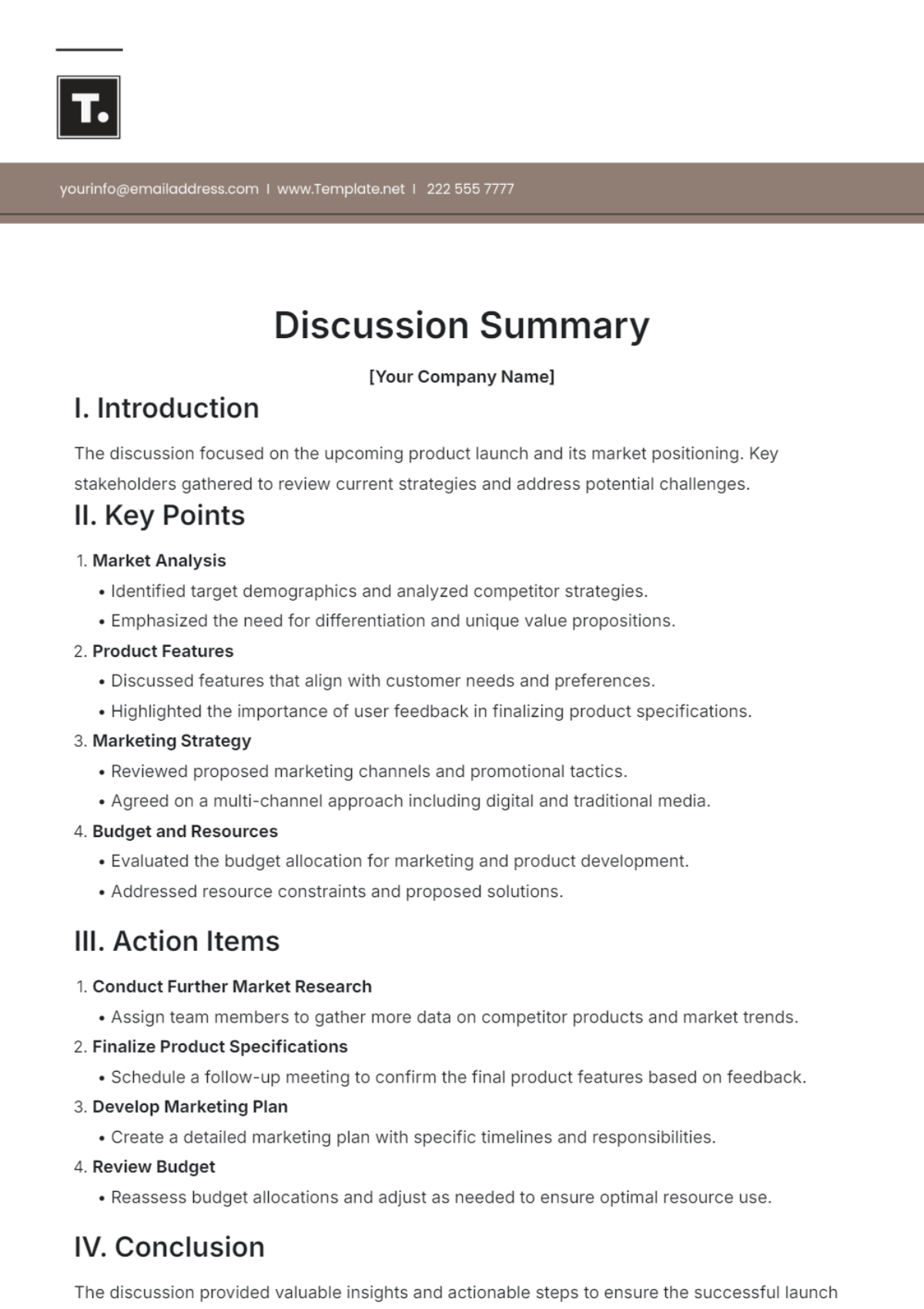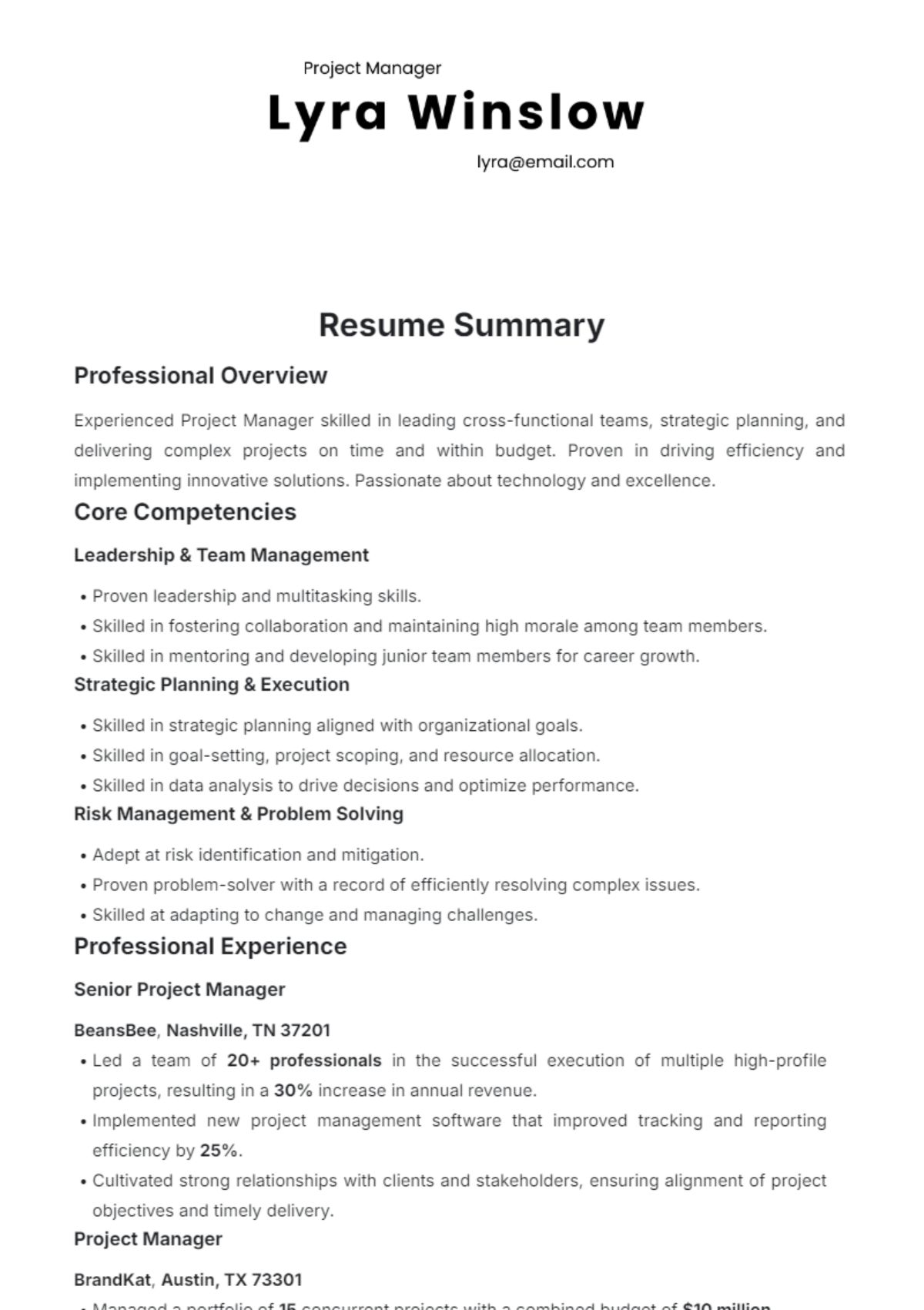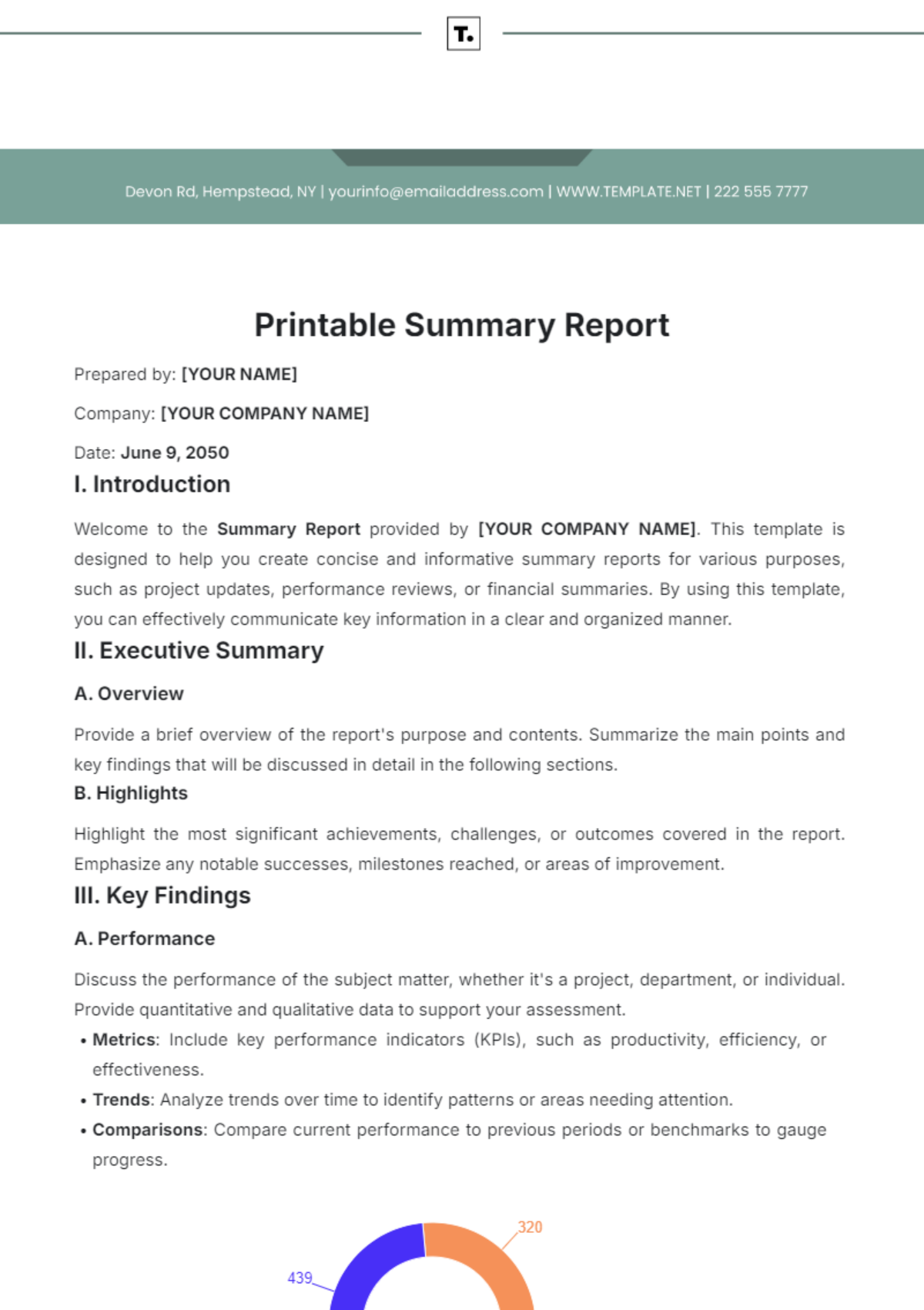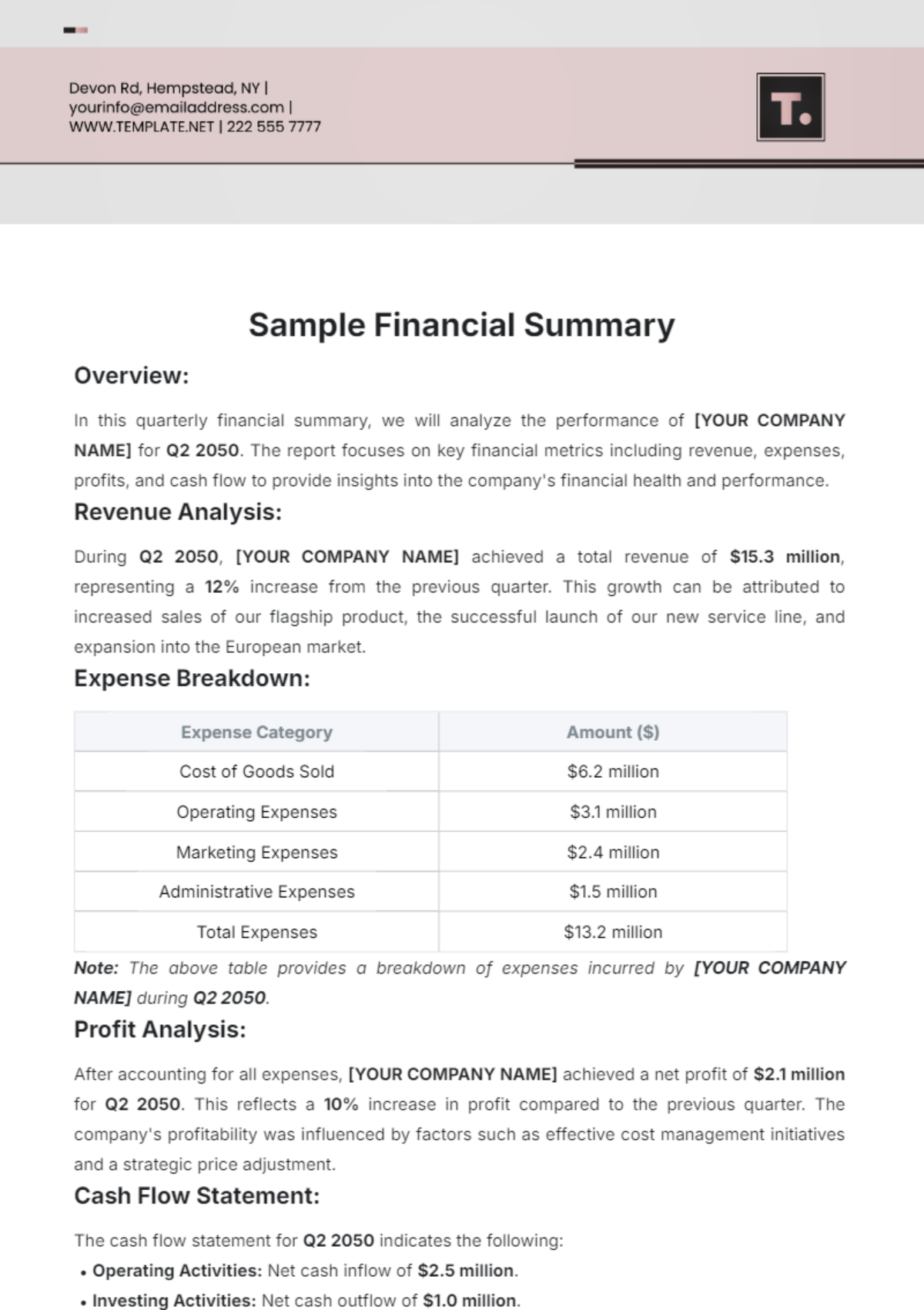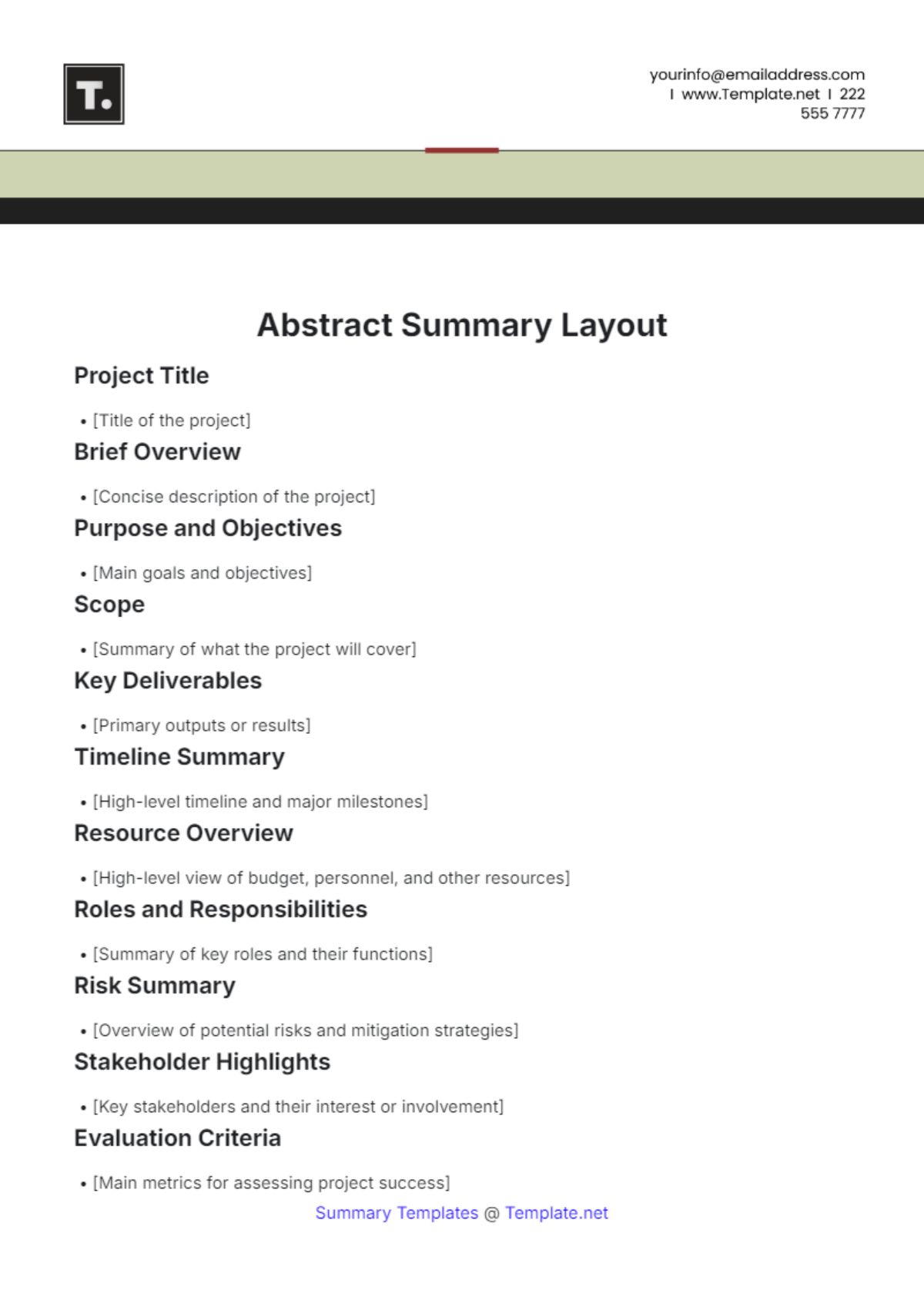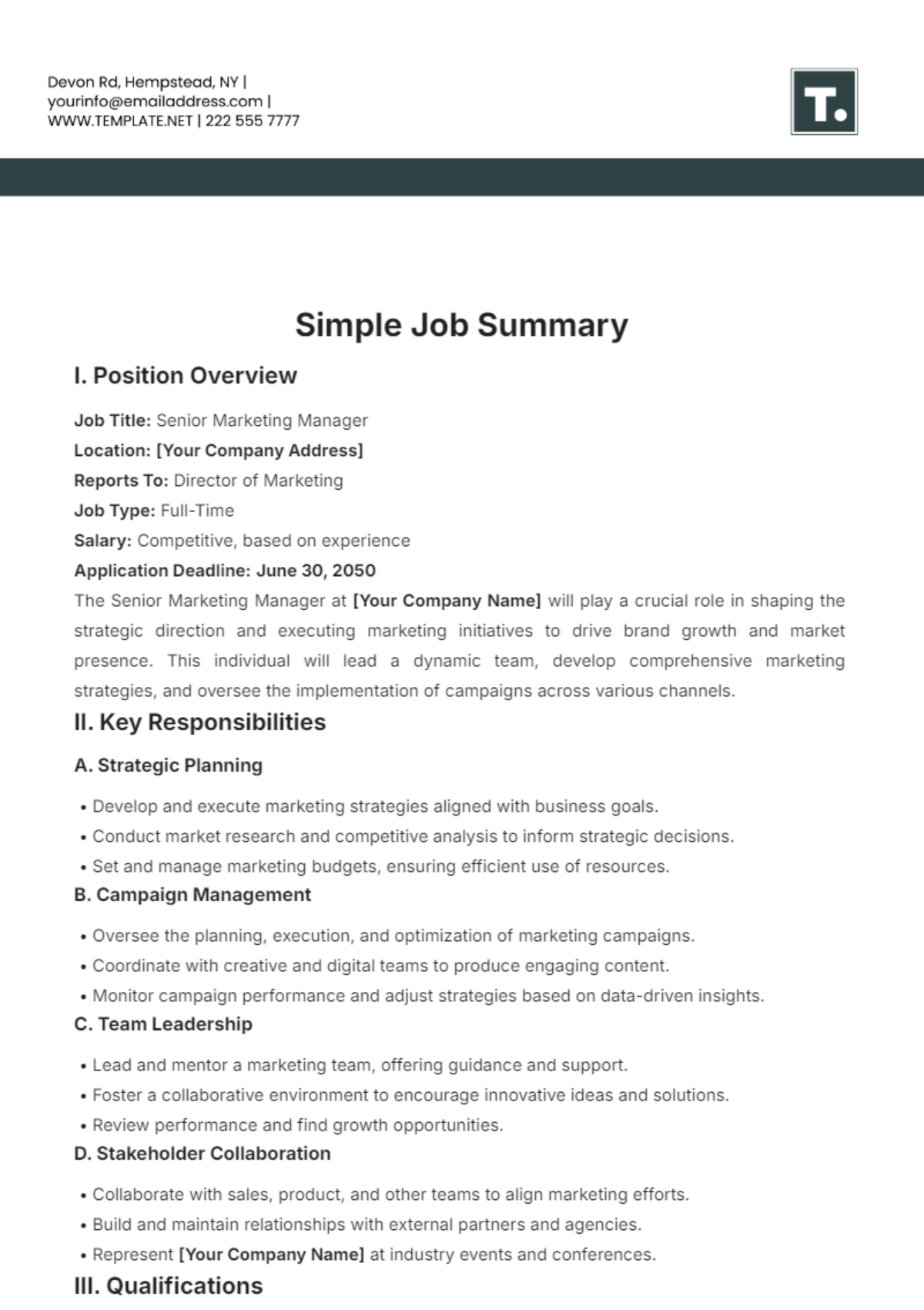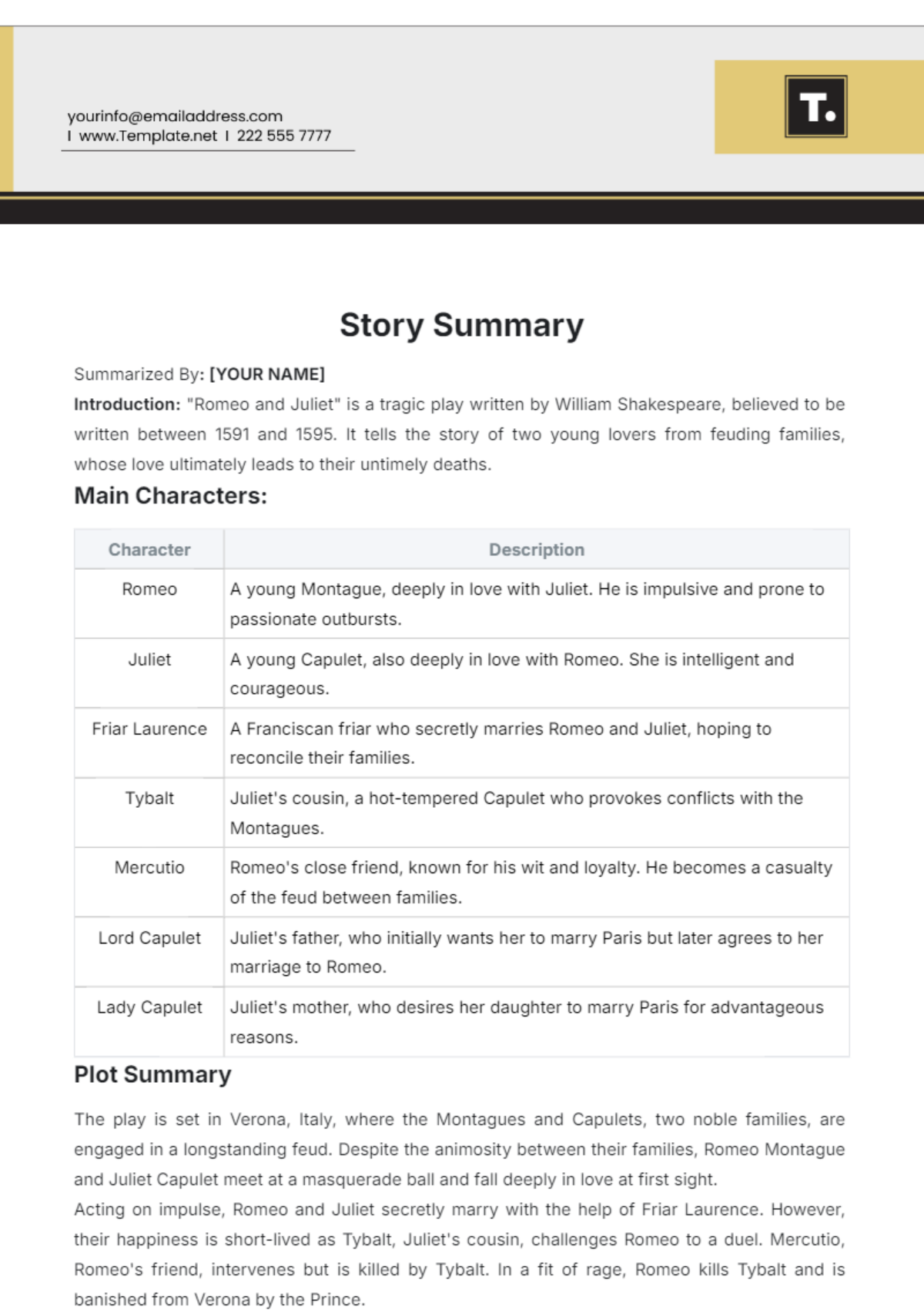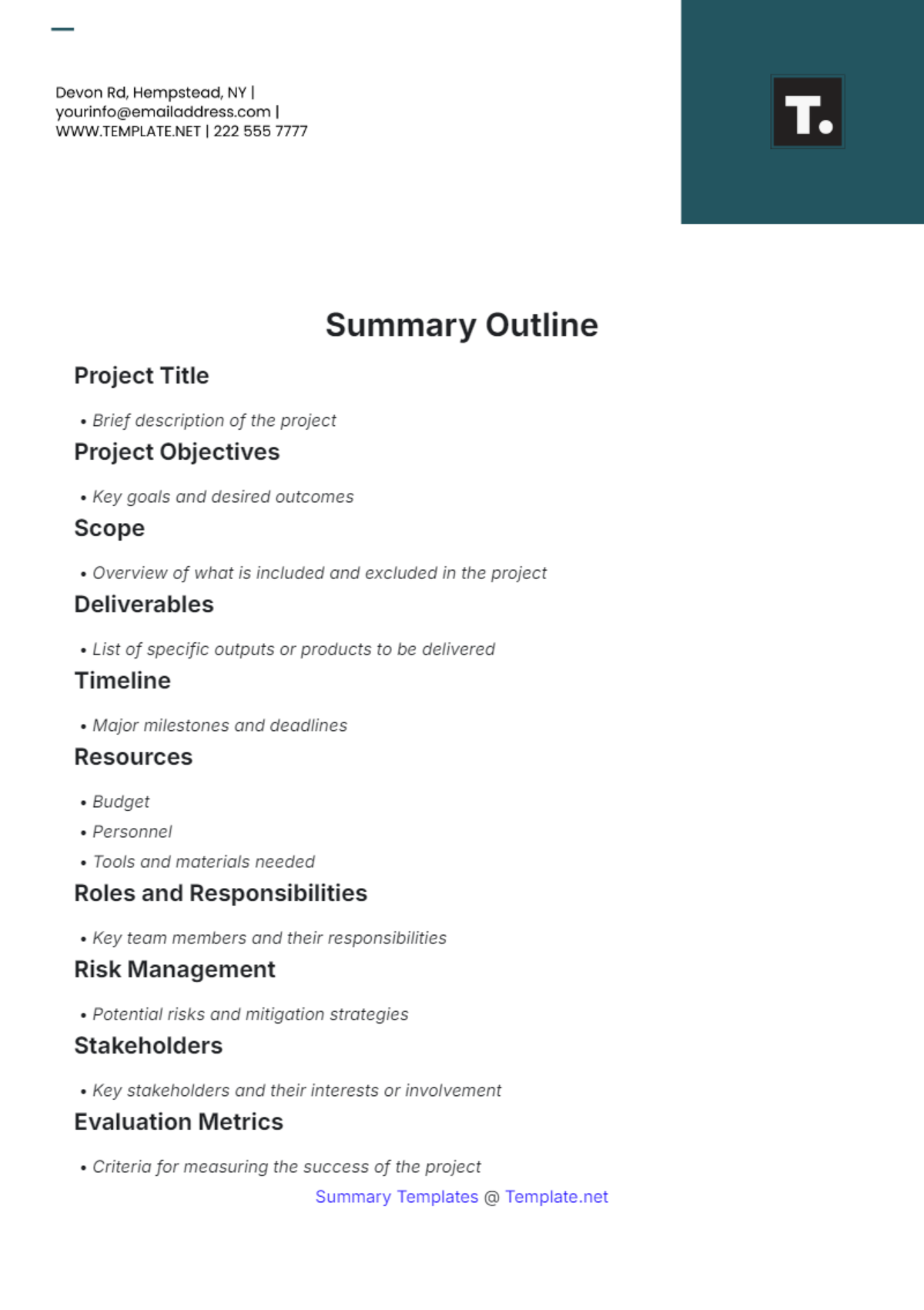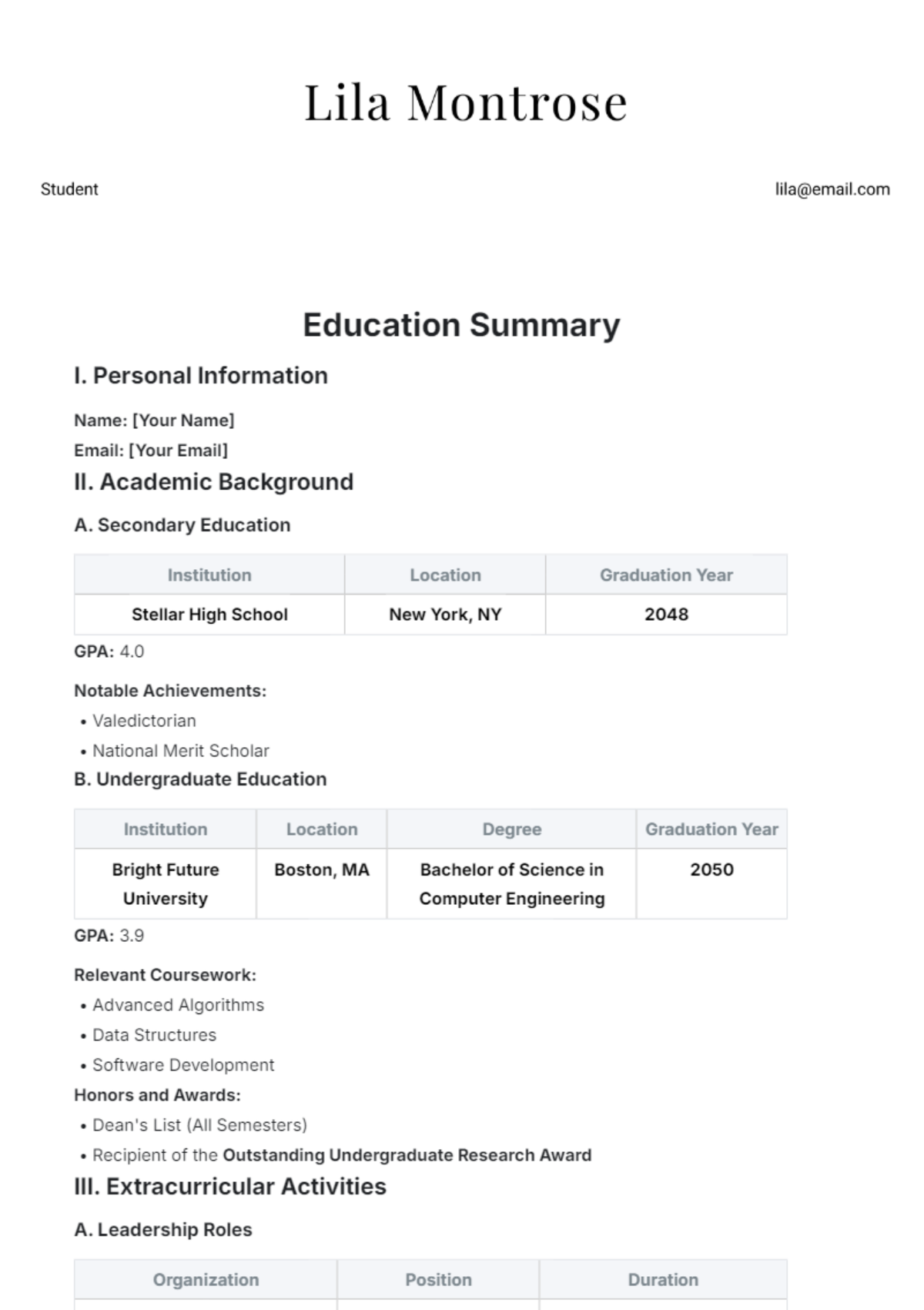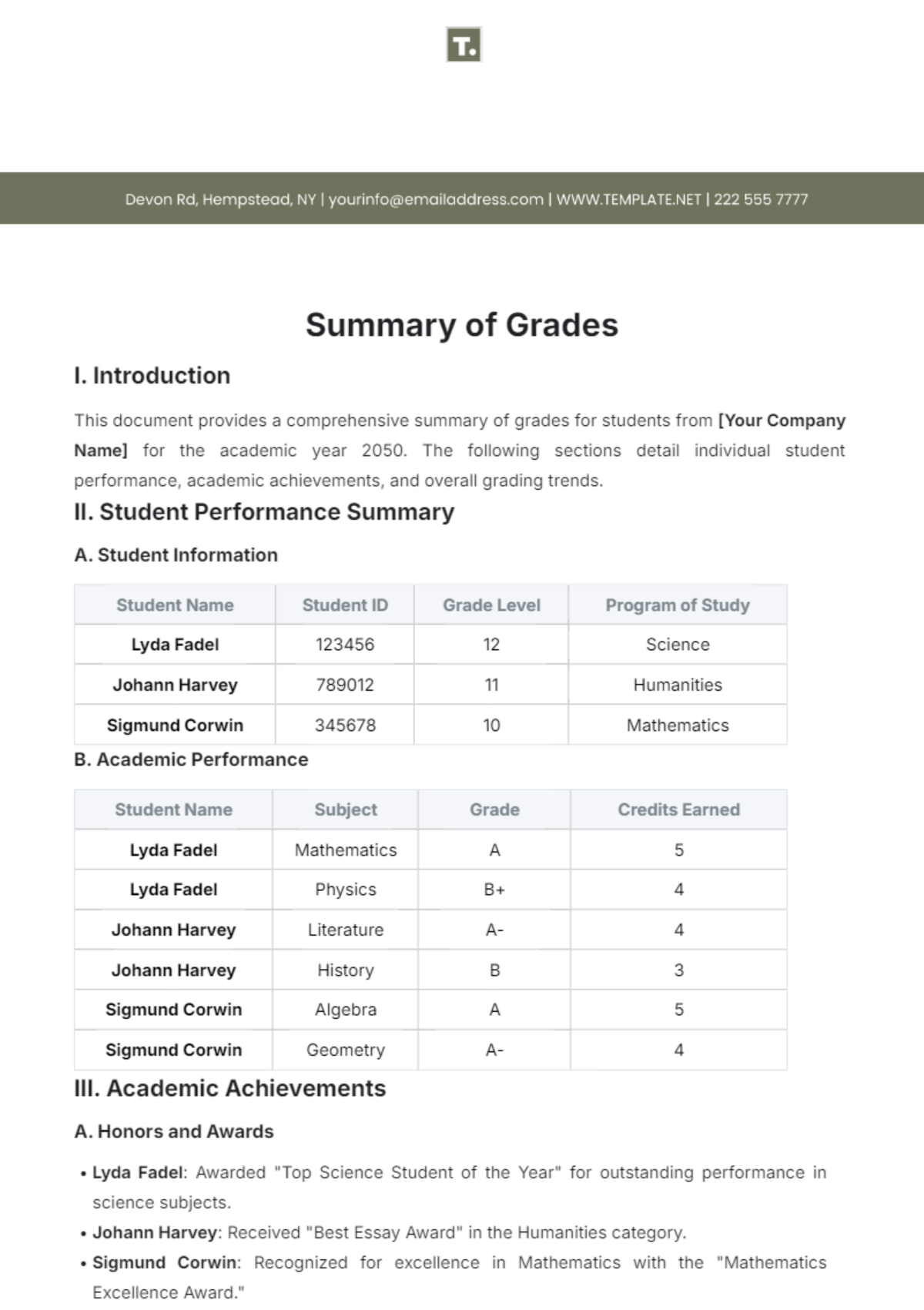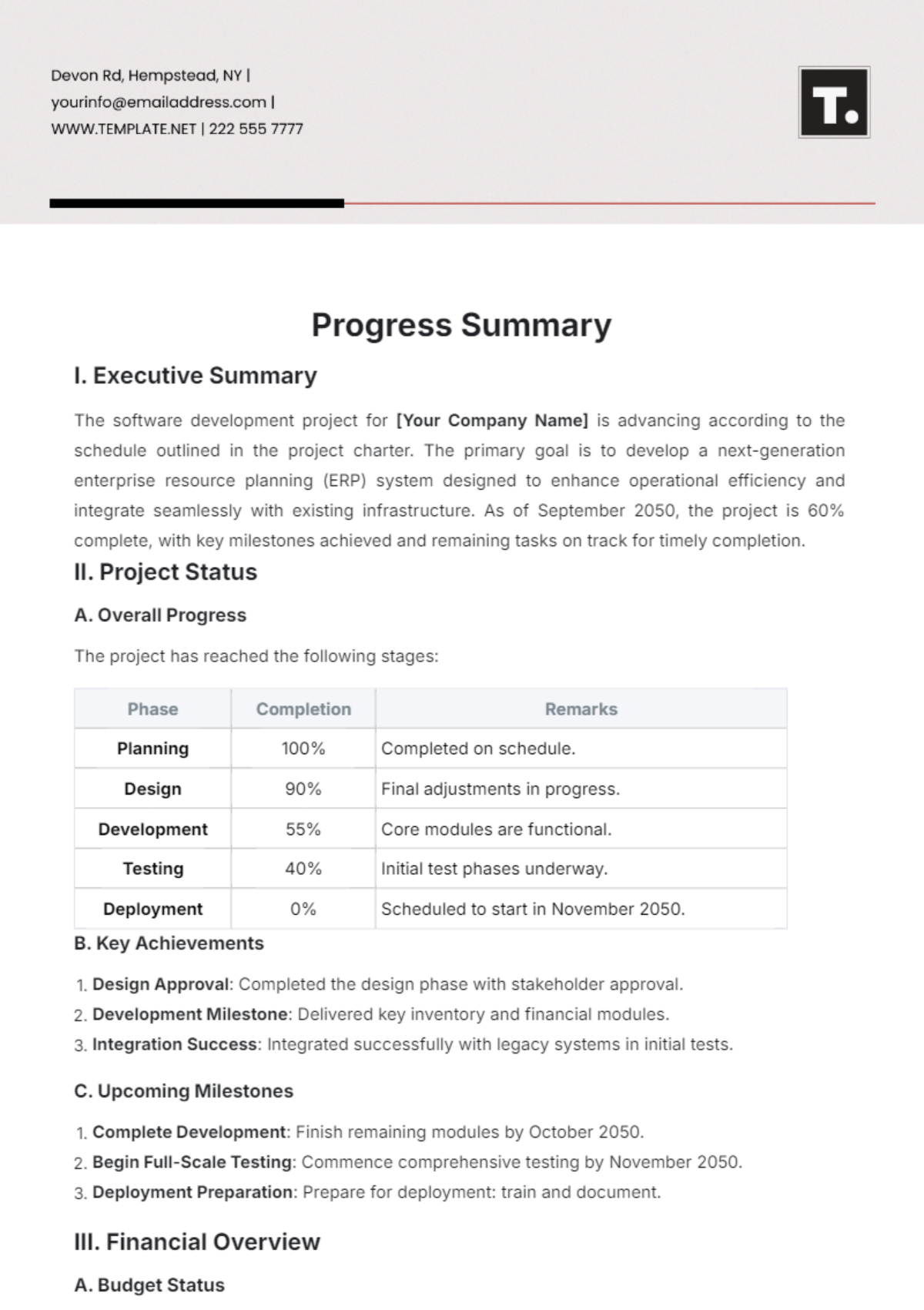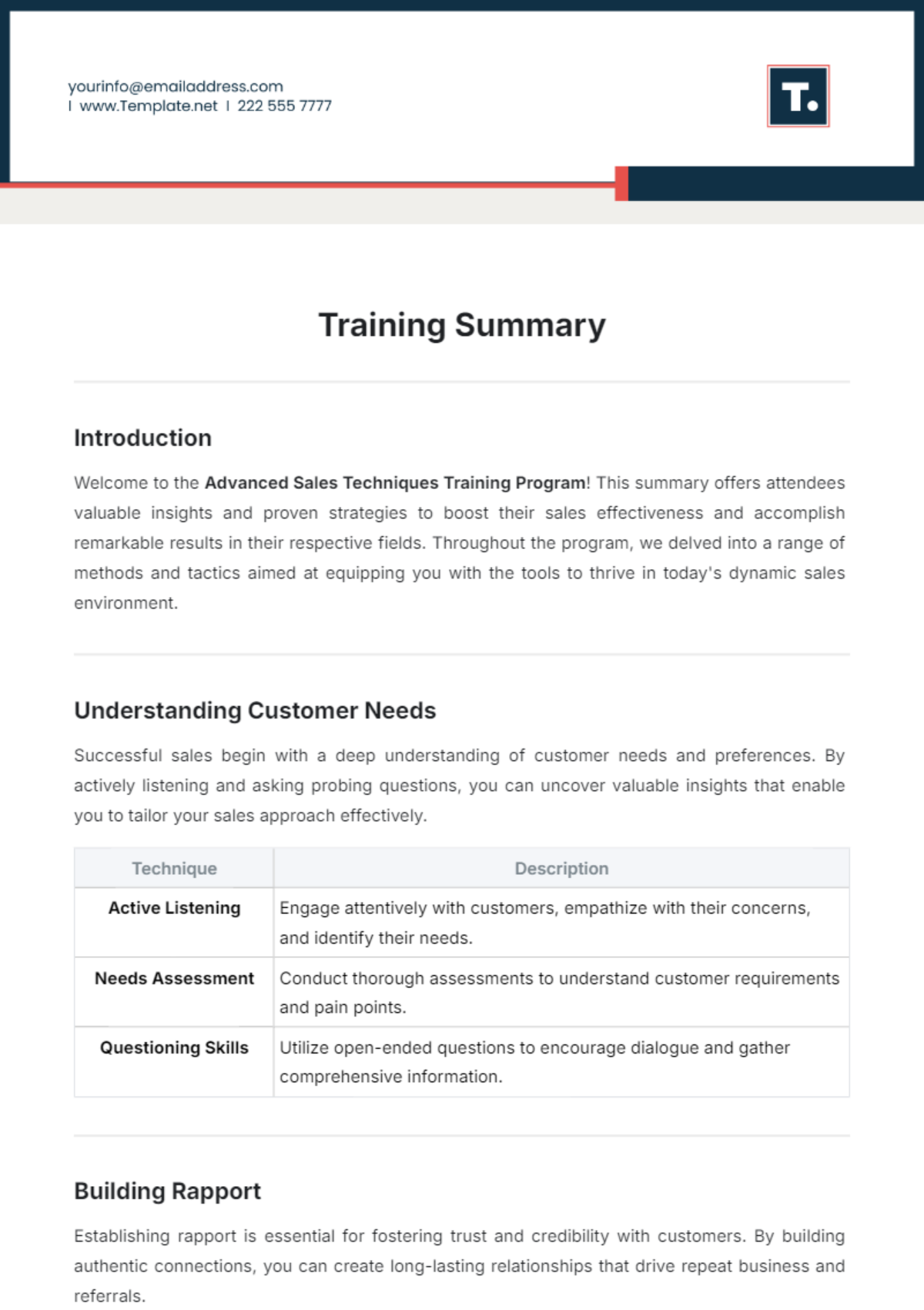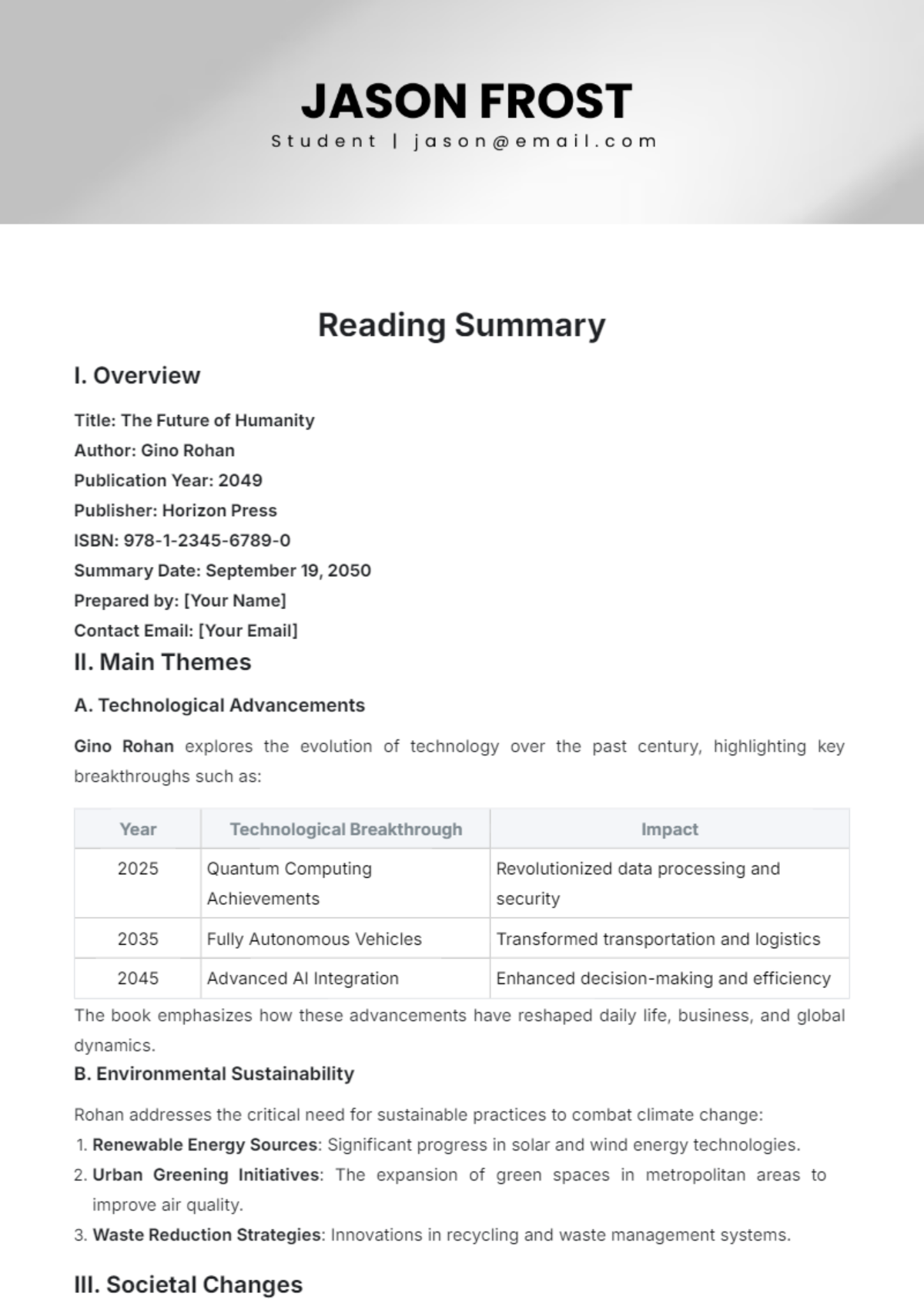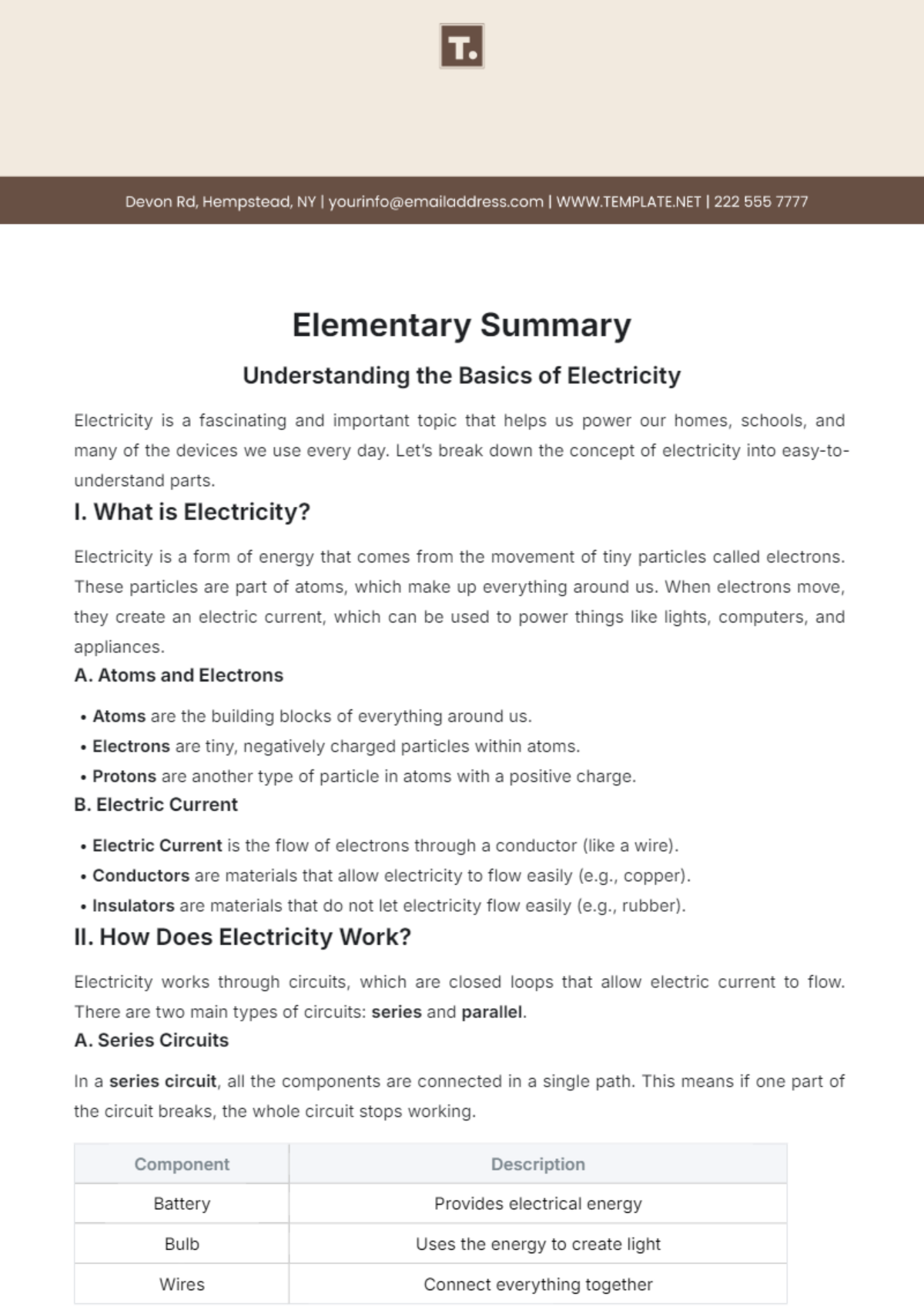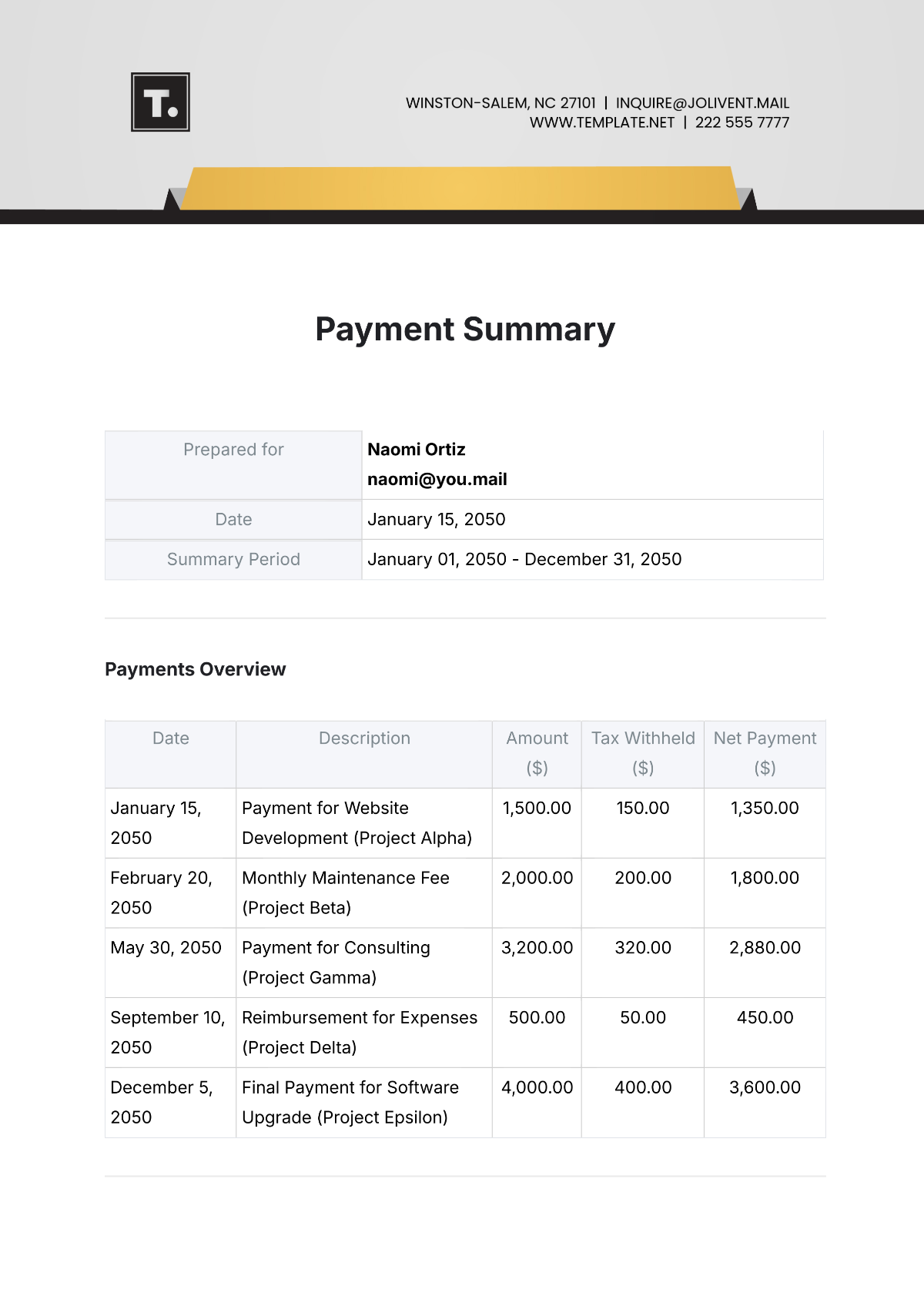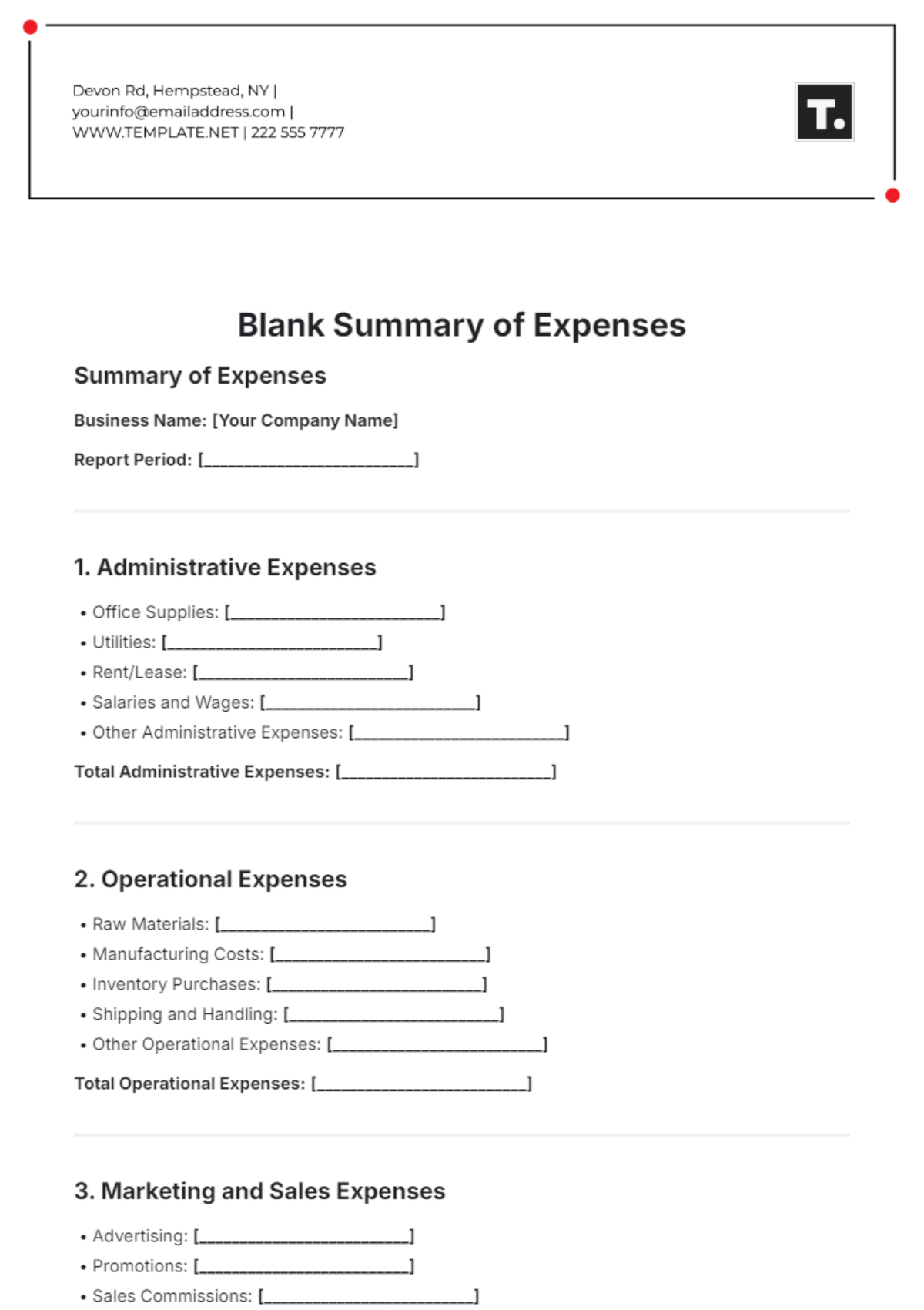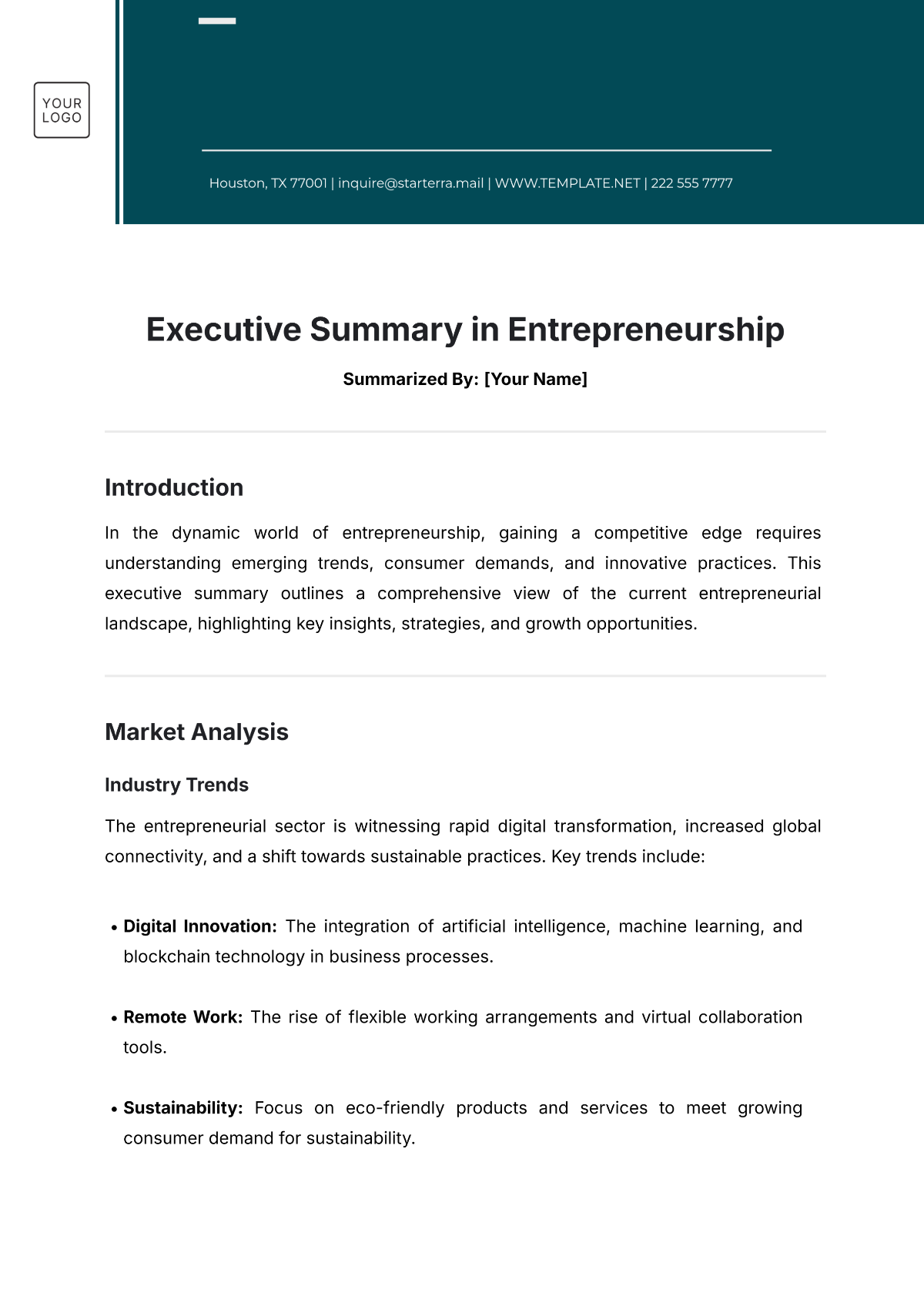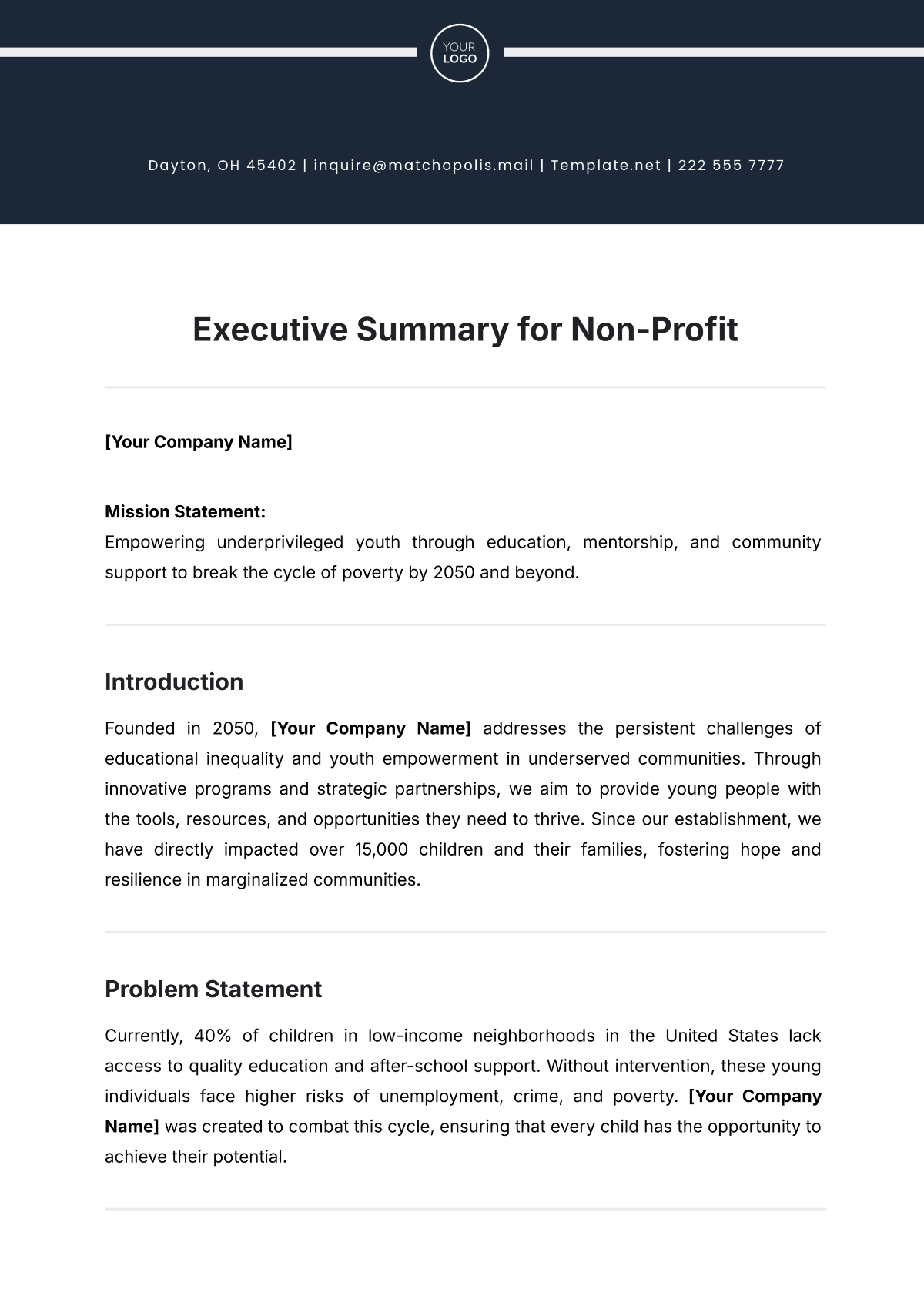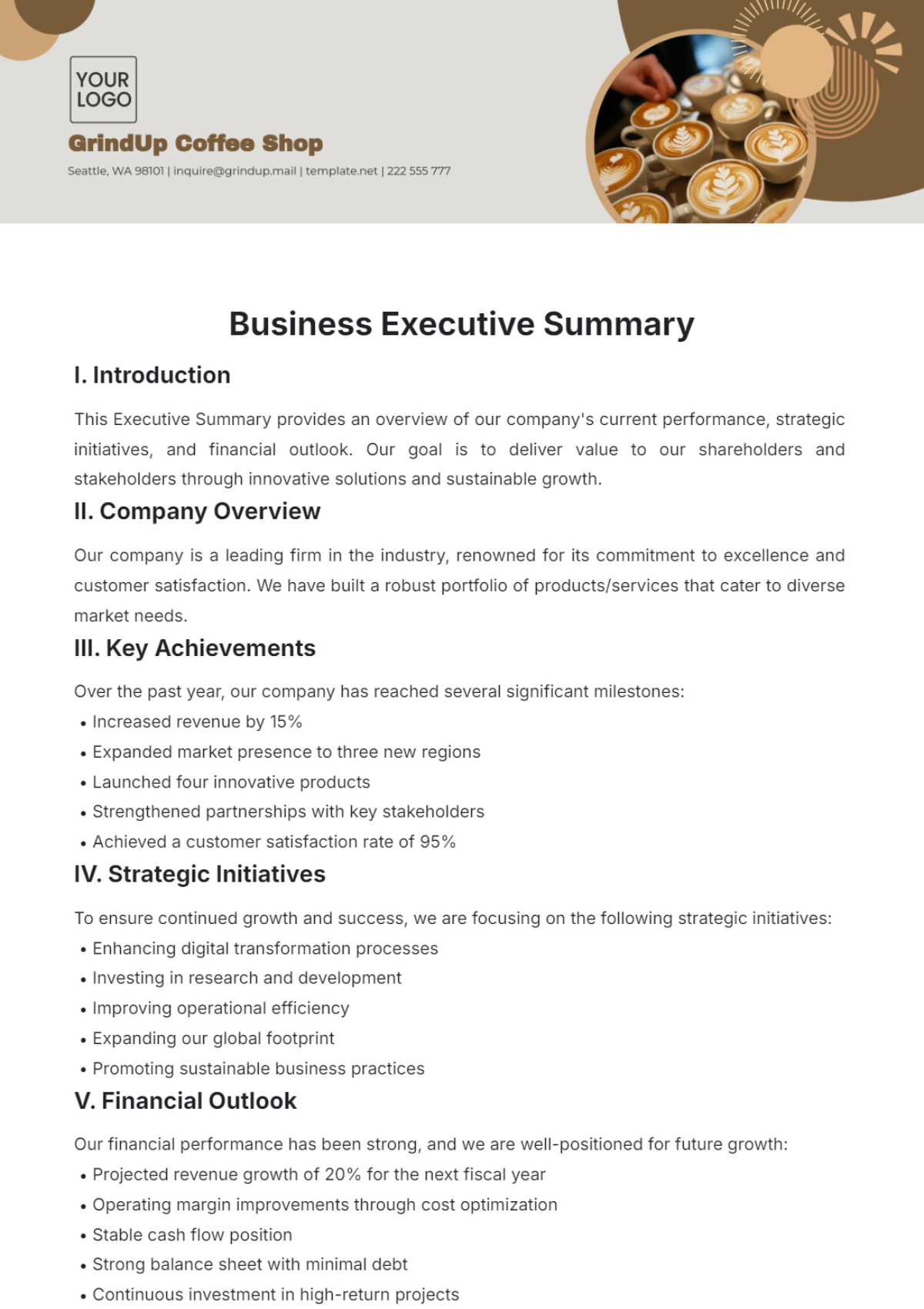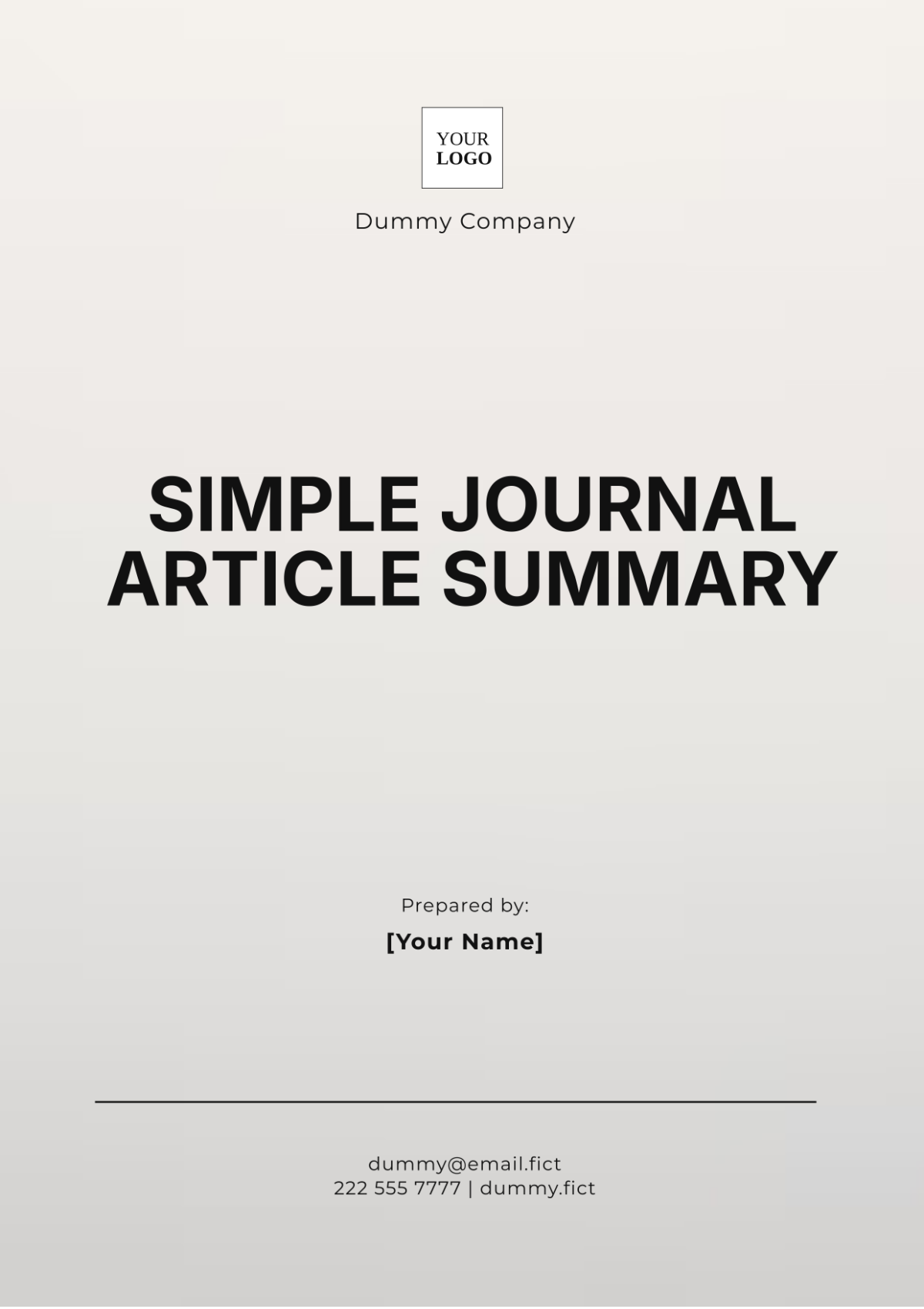Nonfiction Summary Activities
I. Introduction
In this section, provide an overview of the purpose and objectives of the nonfiction summary activities. Emphasize the importance of summarizing skills in comprehending complex texts and extracting key information.
Purpose: The primary goal of these activities is to enhance [Your Students] summarizing abilities, fostering critical thinking and analytical skills.
Objectives:
Develop [Your Students] ability to identify main ideas and supporting details.
Enhance [Your Students] summarization techniques, including paraphrasing and synthesizing information.
Improve [Your Students] overall comprehension of nonfiction texts.
II. Pre-Reading Activities
Before diving into the text, engage [Your Students] with activities designed to activate prior knowledge and build anticipation for the content.
Anticipation Guide: Present [Your Students] with a list of statements related to the topic of the text. Have them indicate whether they agree or disagree with each statement and explain their reasoning.
KWL Chart: Use a KWL chart (What [Your Students] Know, What [Your Students] Want to Know, What [Your Students] Learned) to encourage [Your Students] to brainstorm what they already know about the topic and what they hope to learn.
III. During-Reading Activities
During the reading process, implement activities to guide [Your Students] in actively engaging with the text and extracting key information.
Main Idea Identification: Encourage [Your Students] to identify the main idea of each paragraph or section. Provide guiding questions to help them focus on central themes.
Summarization Practice: Pause periodically throughout the reading to allow [Your Students] to summarize the information they have gathered so far. Encourage them to condense the material into concise, coherent summaries.
IV. Post-Reading Activities
After completing the reading, facilitate activities that reinforce comprehension and encourage reflection on the text.
Summary Writing: Task [Your Students] with writing a summary of the entire text, emphasizing the main ideas and key details. Provide a structured template or guidelines to support their writing process.
Discussion and Analysis: Engage [Your Students] in a group discussion to analyze the effectiveness of their summaries. Encourage them to compare and contrast their interpretations and insights.
V. Assessment and Feedback
Conclude the activities with assessment measures to evaluate [Your Students] comprehension and summarization skills.
Rubric Evaluation: Develop a rubric outlining criteria for assessing [Your Students] summaries, including accuracy, clarity, and conciseness. Provide feedback based on the rubric to guide their improvement.
Peer Review: Facilitate peer review sessions where [Your Students] exchange and provide feedback on each other's summaries. Encourage constructive criticism and suggestions for revision.
VI. Extension Activities
Extend [Your Students] learning beyond the text with supplementary activities that reinforce summarization skills and promote critical thinking.
Graphic Organizers: Introduce various graphic organizers such as mind maps, Venn diagrams, or concept maps to help [Your Students] visually organize information and create structured summaries.
Summarization Games: Incorporate interactive games or online platforms that gamify the summarization process, making learning engaging and enjoyable for [Your Students].
VII. Differentiation Strategies
Implement strategies to accommodate diverse learning needs and ensure all [Your Students] have opportunities to succeed in summarizing nonfiction texts.
Scaffolded Support: Offer scaffolding tools such as sentence starters, graphic organizers, or vocabulary lists to support [Your Students] with limited summarization skills.
Flexible Grouping: Utilize flexible grouping strategies to pair [Your Students] with varying proficiency levels, allowing for peer collaboration and support.
VIII. Integration with Other Subjects
Explore opportunities to integrate summarization activities with other subject areas, fostering interdisciplinary connections and reinforcing learning across the curriculum.
Cross-Curricular Projects: Collaborate with teachers from different subjects to design projects that require [Your Students] to summarize nonfiction texts related to multiple disciplines, such as history, science, or literature.
Information Literacy Skills: Emphasize the importance of summarization in developing [Your Students] information literacy skills, preparing them to effectively navigate and evaluate information in an increasingly digital world.
IX. Conclusion
Summarization skills are essential for [Your Students] academic success and lifelong learning. By implementing the activities outlined in this template, [Your Students] will not only enhance their ability to extract key information from nonfiction texts but also develop critical thinking, communication, and information literacy skills that are invaluable in today's complex world.
Summarized By: [YOUR NAME]
